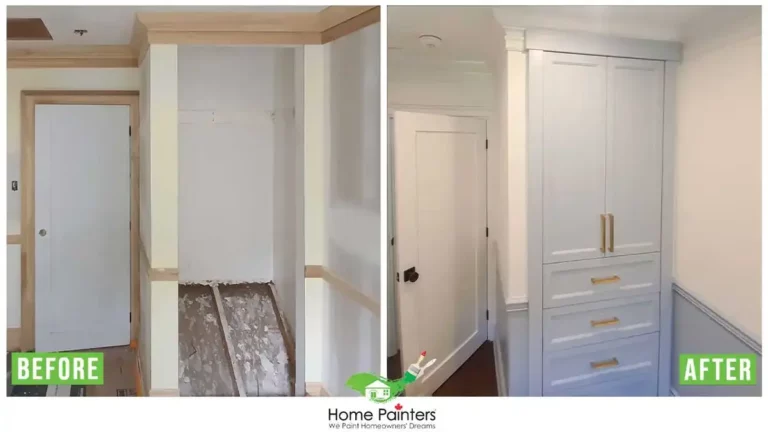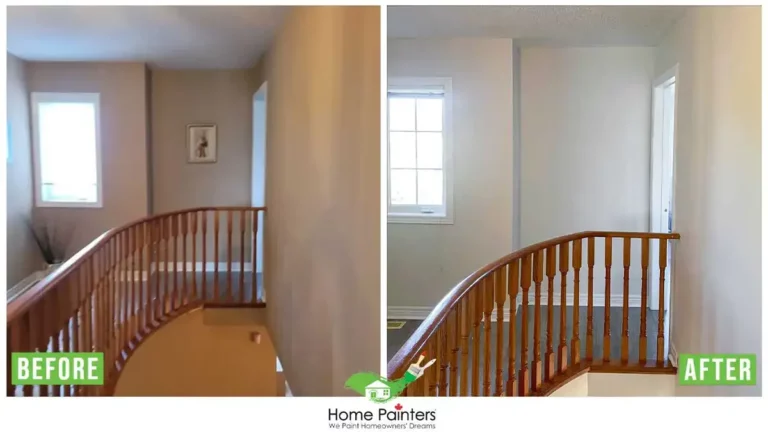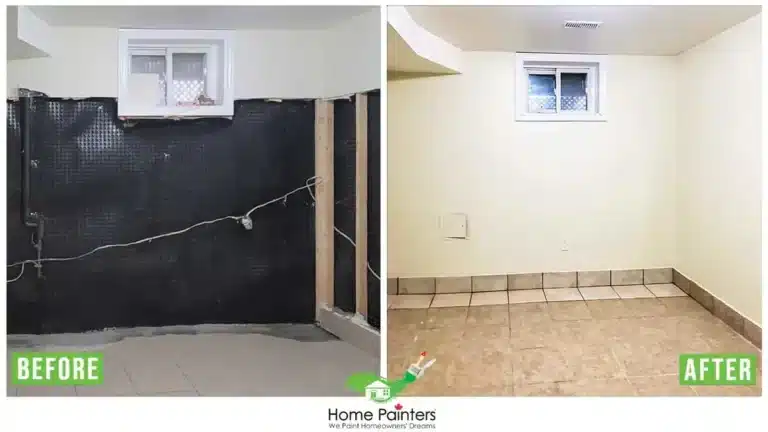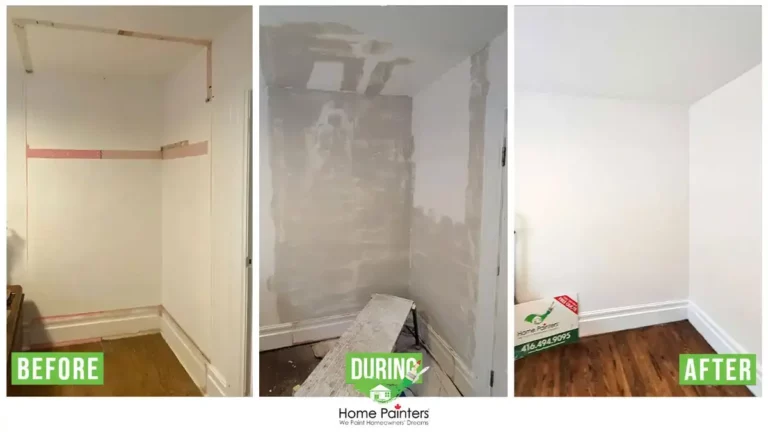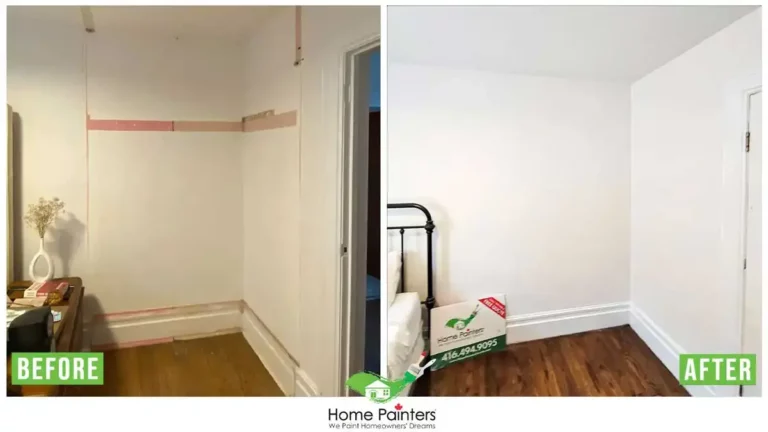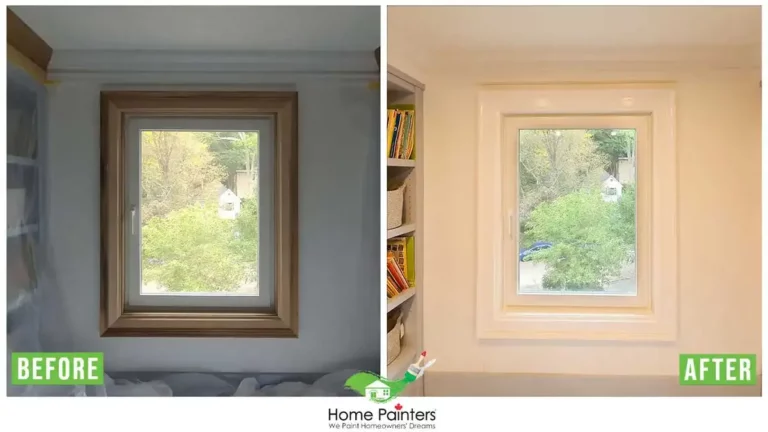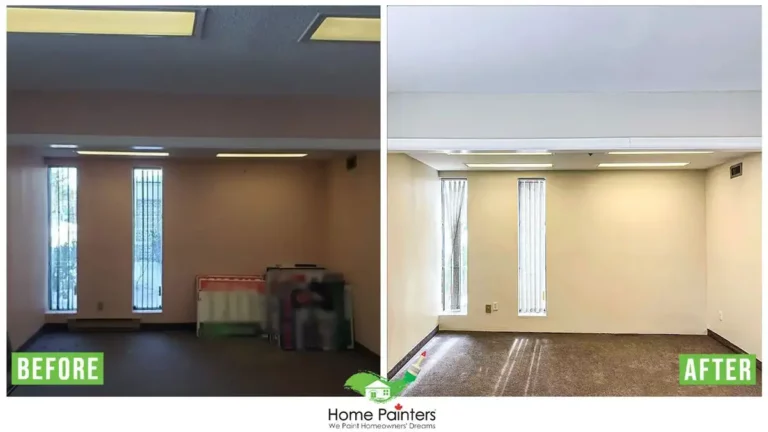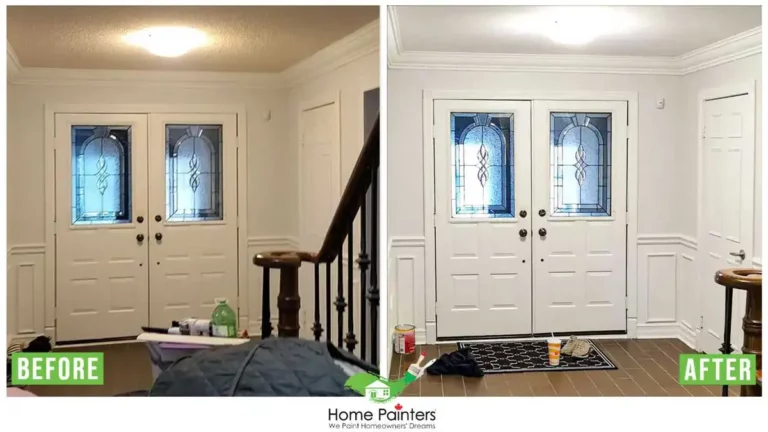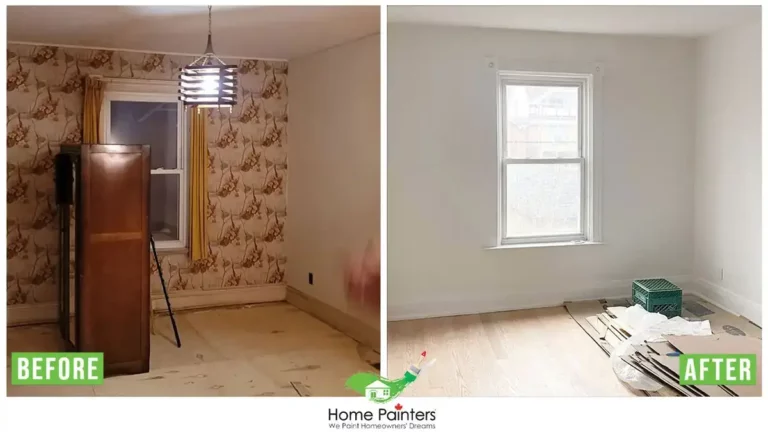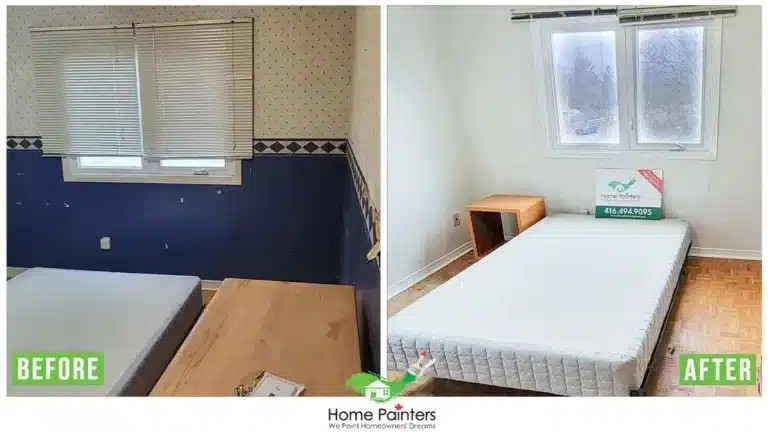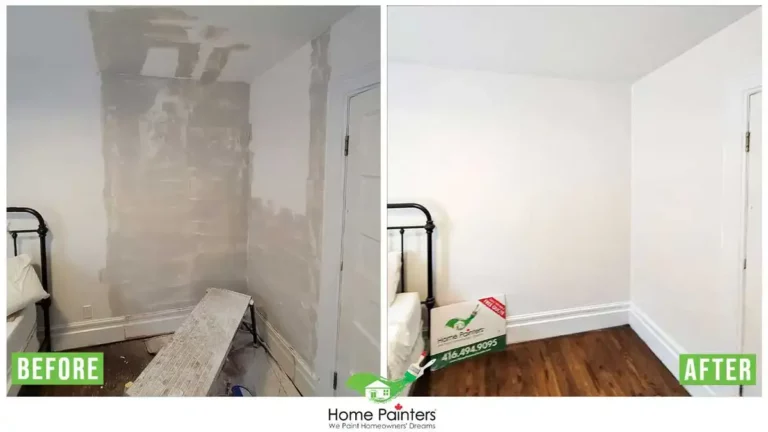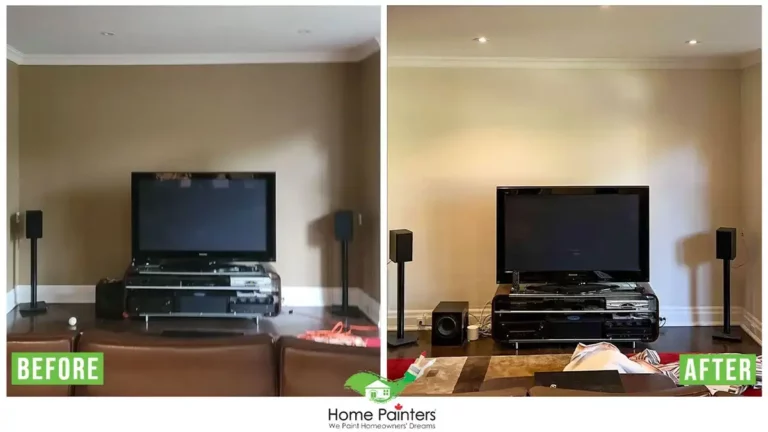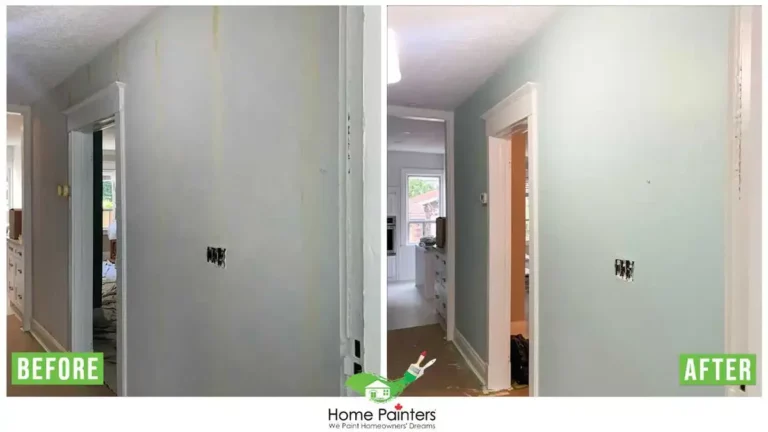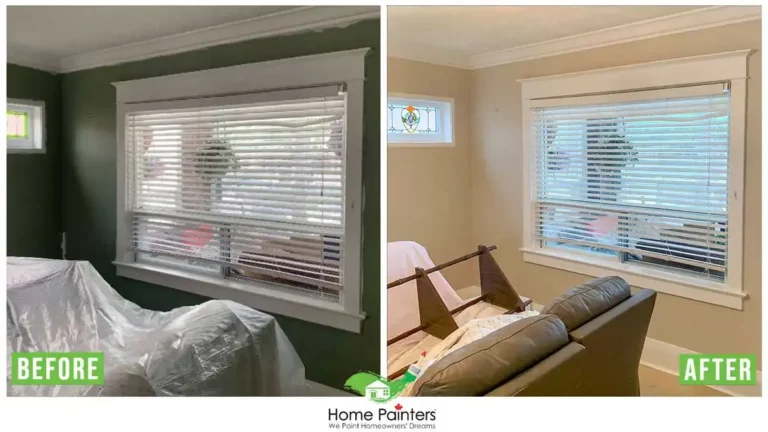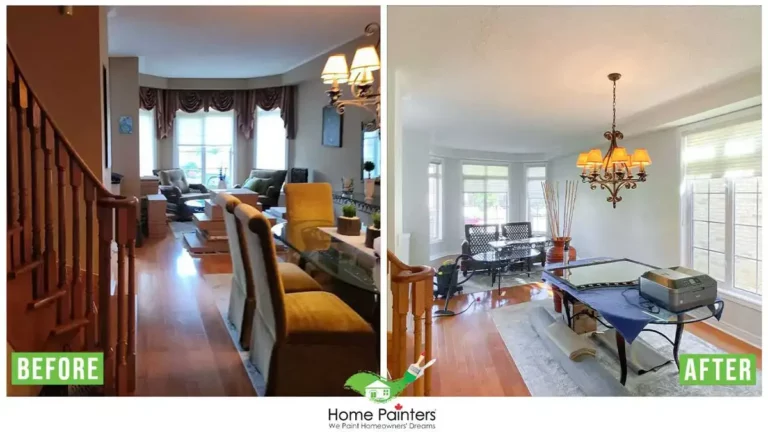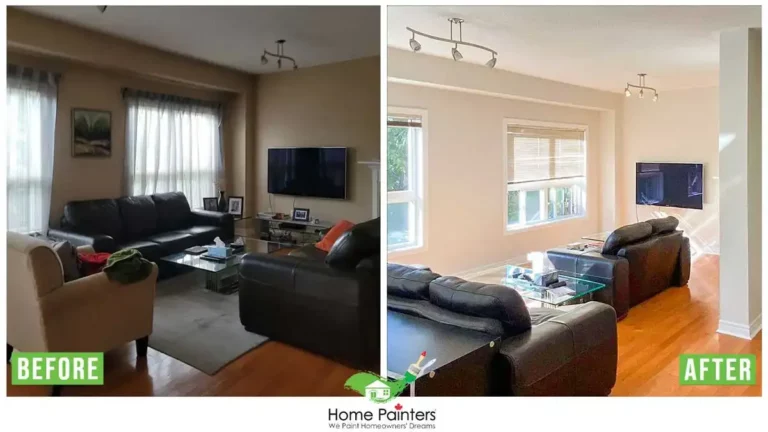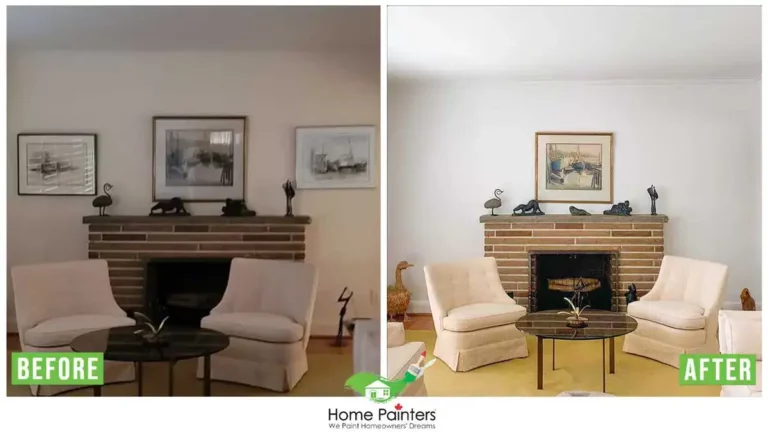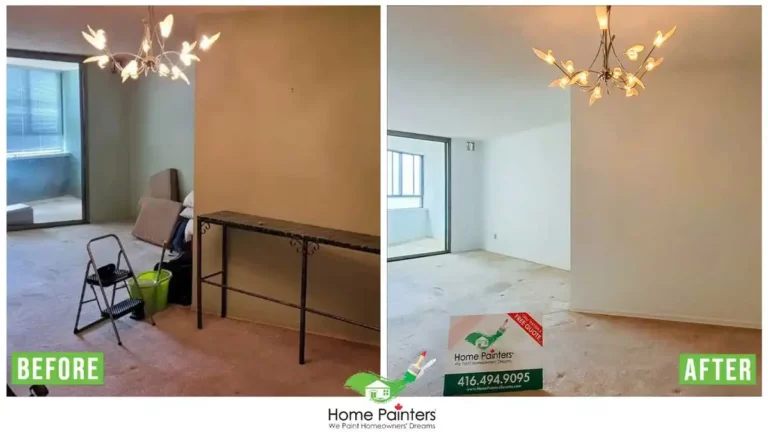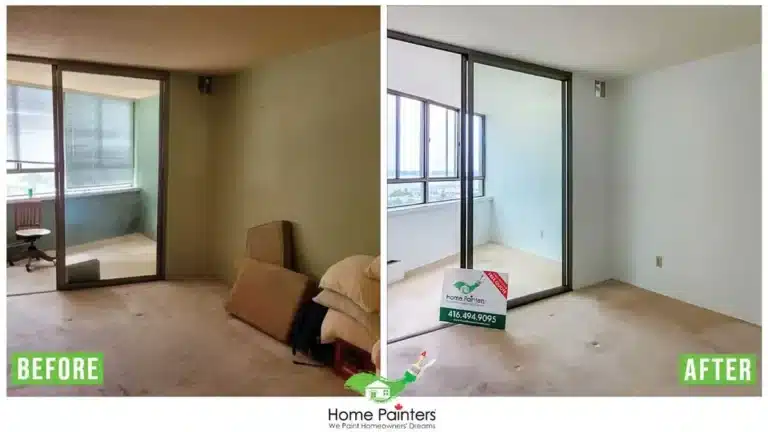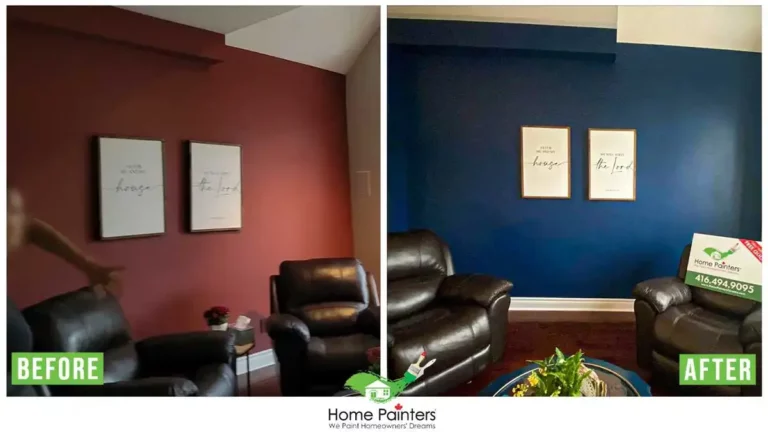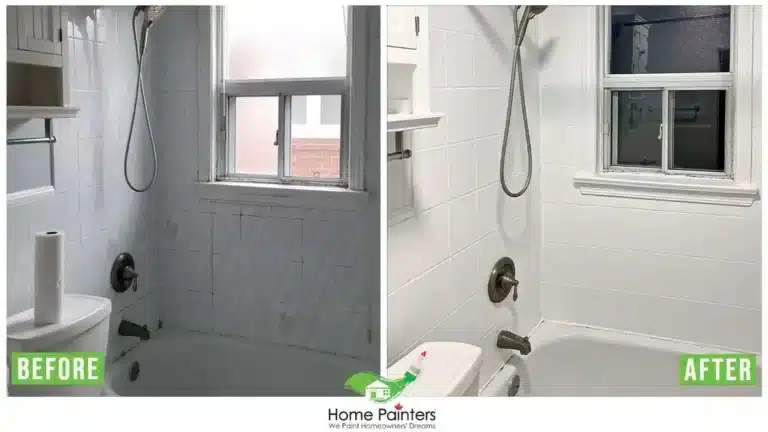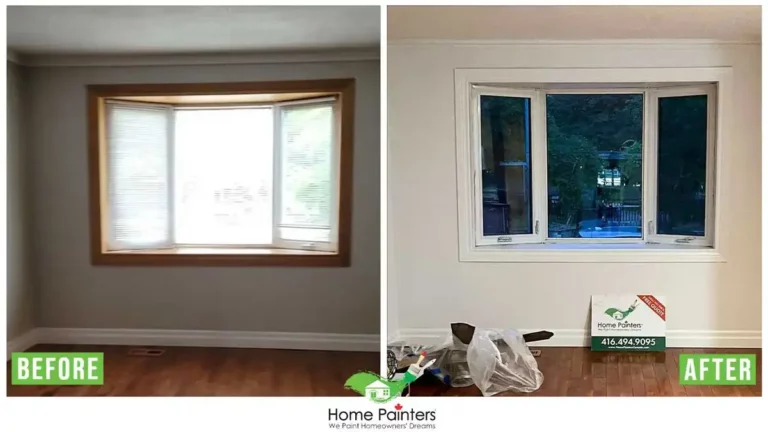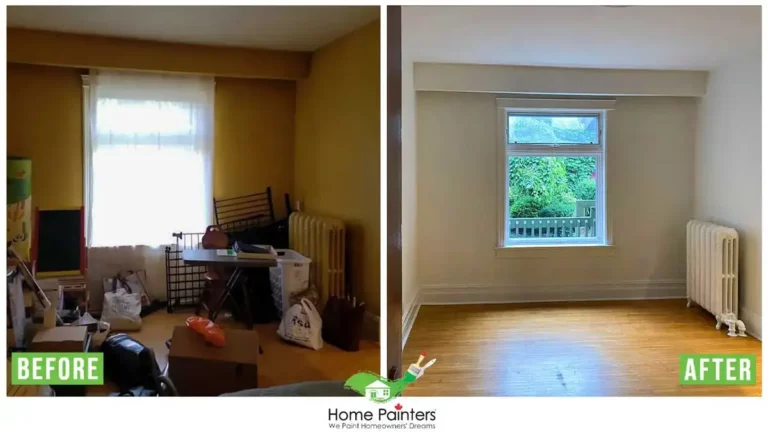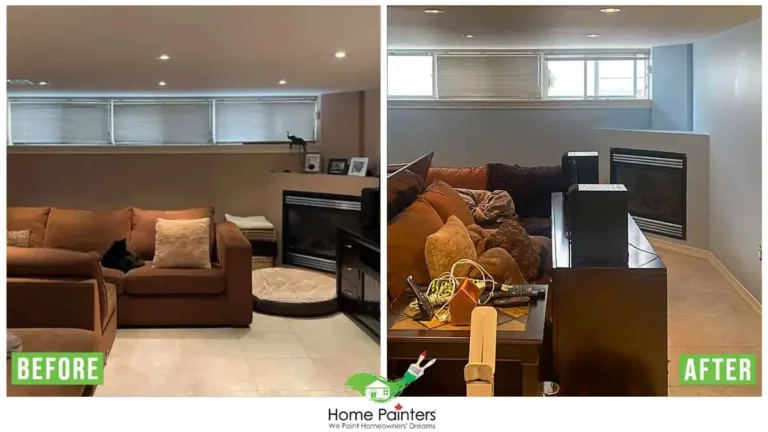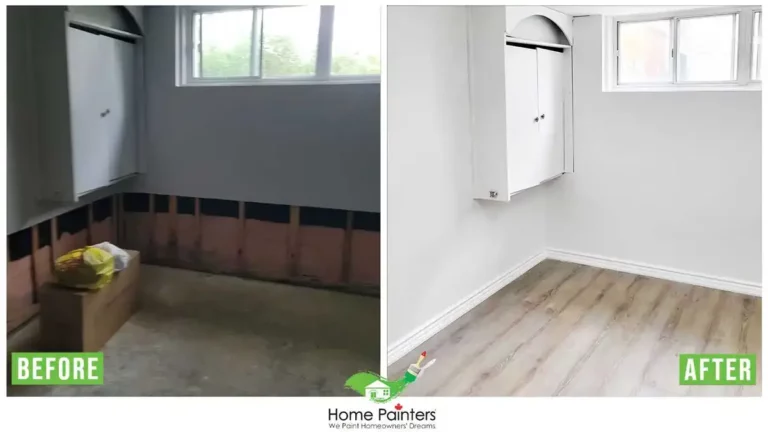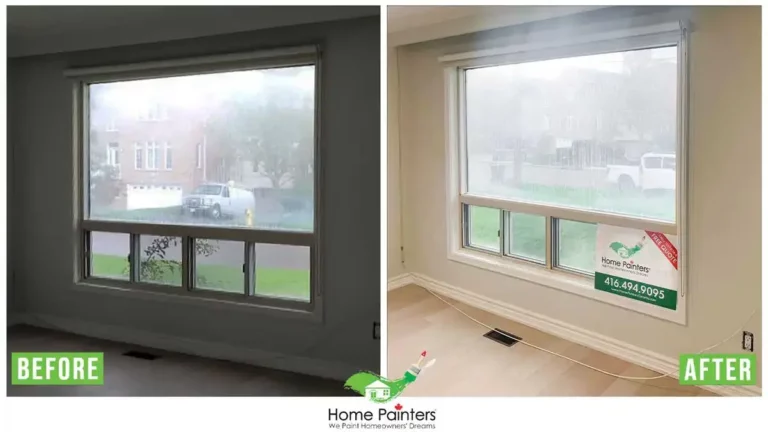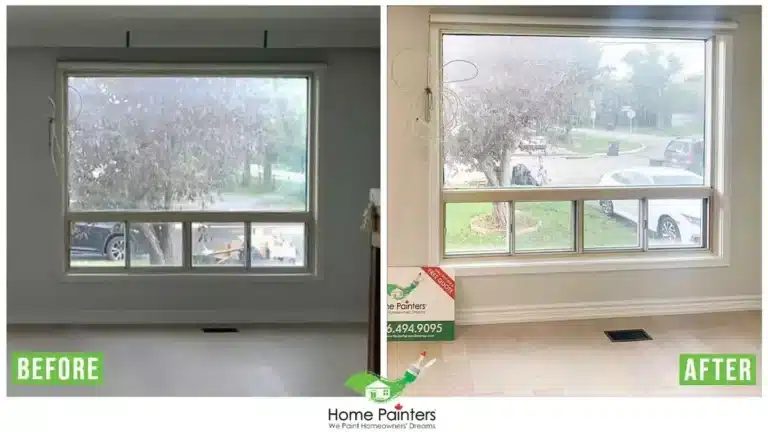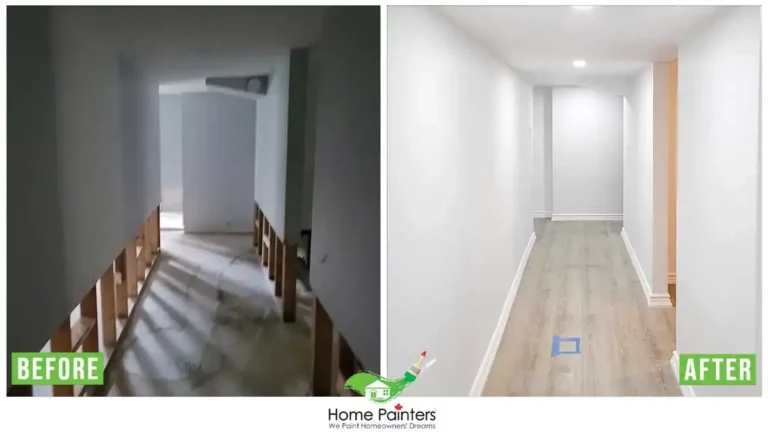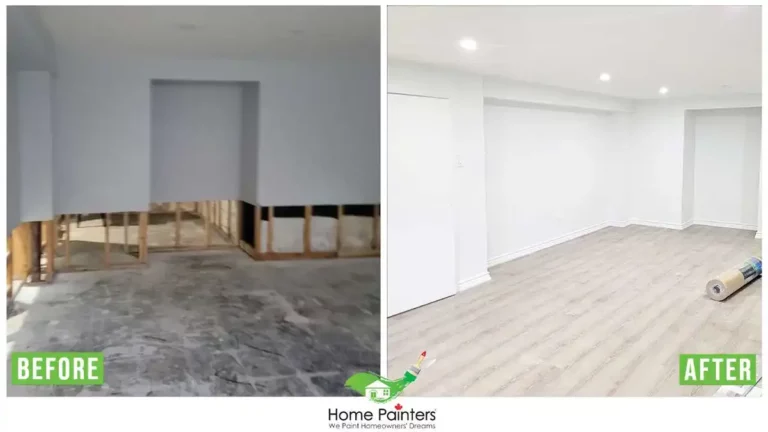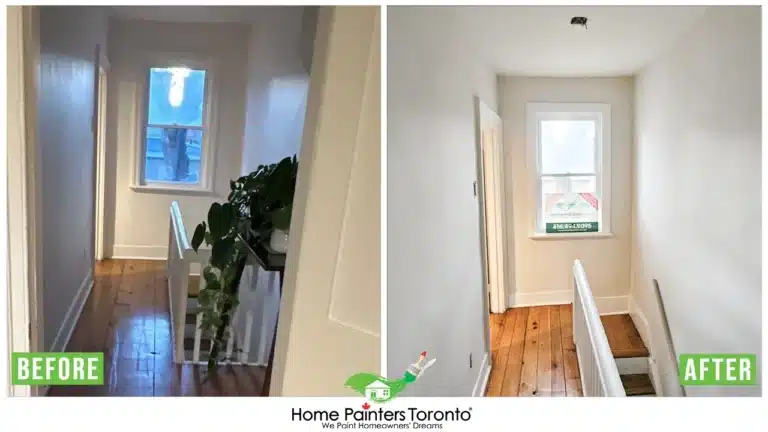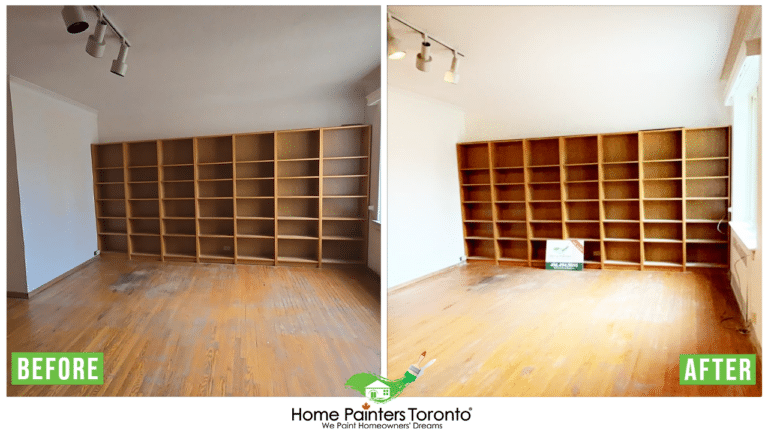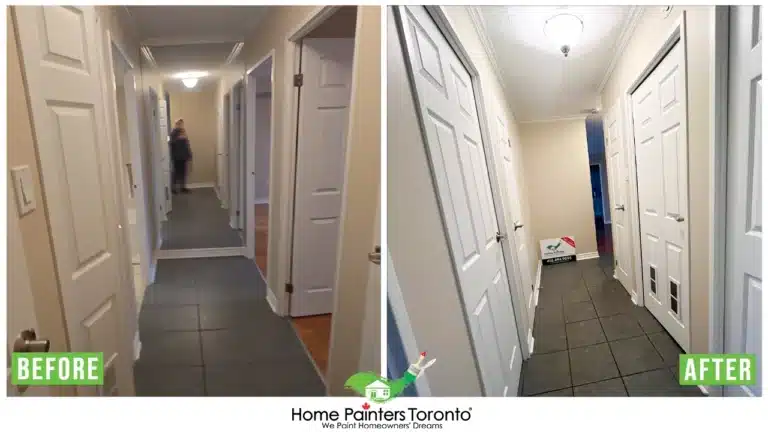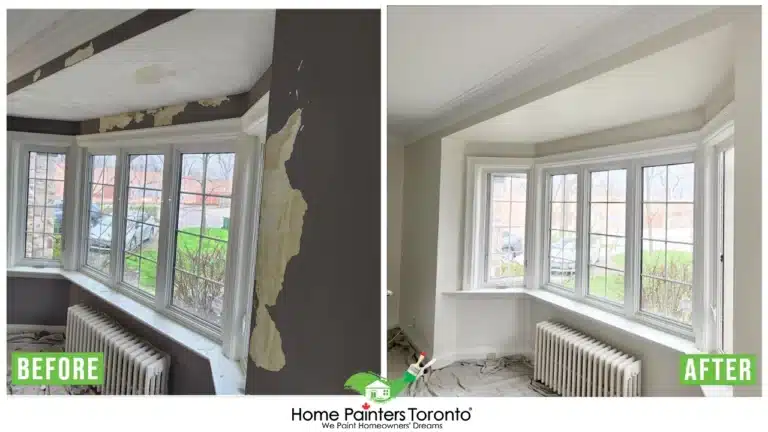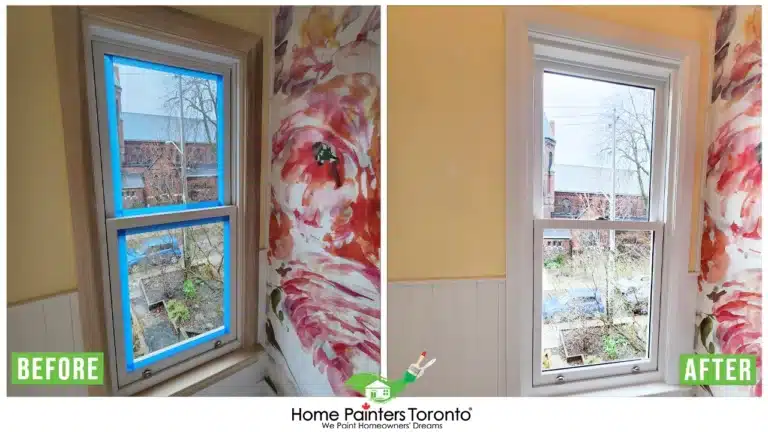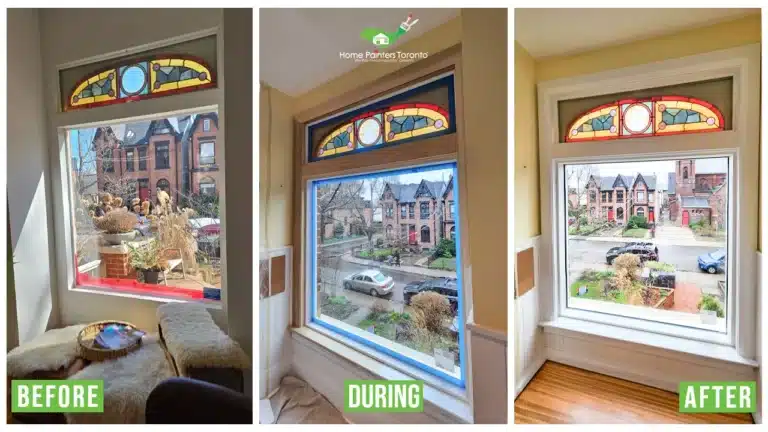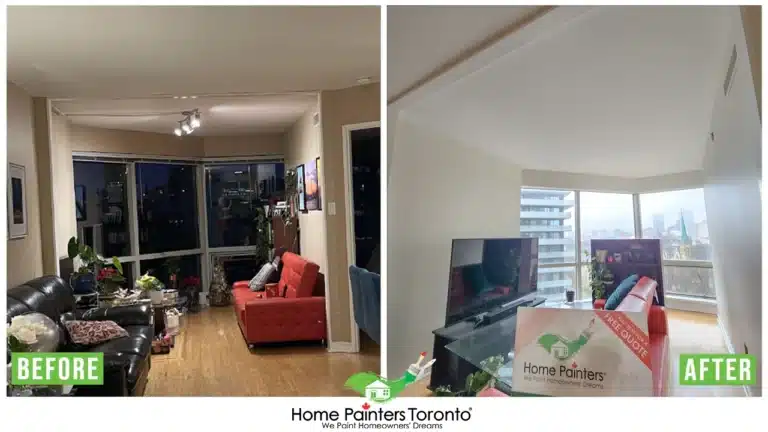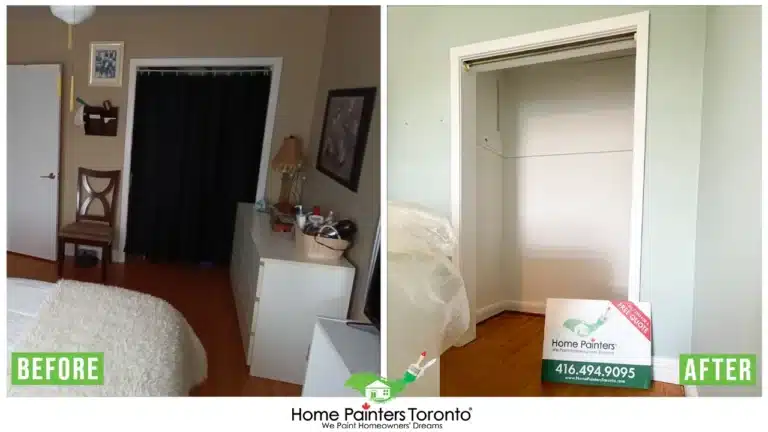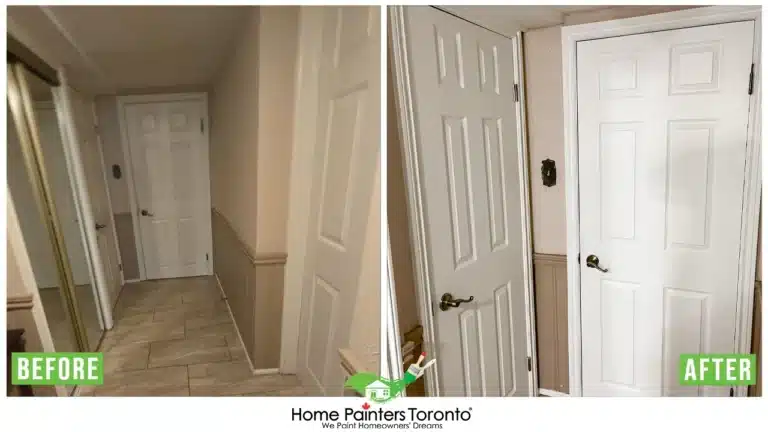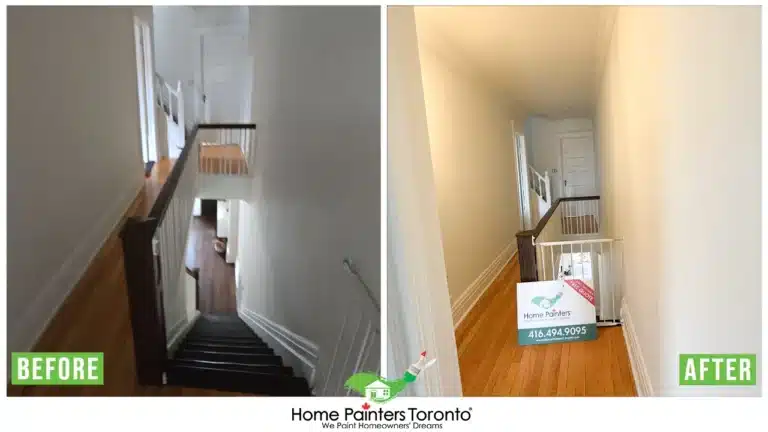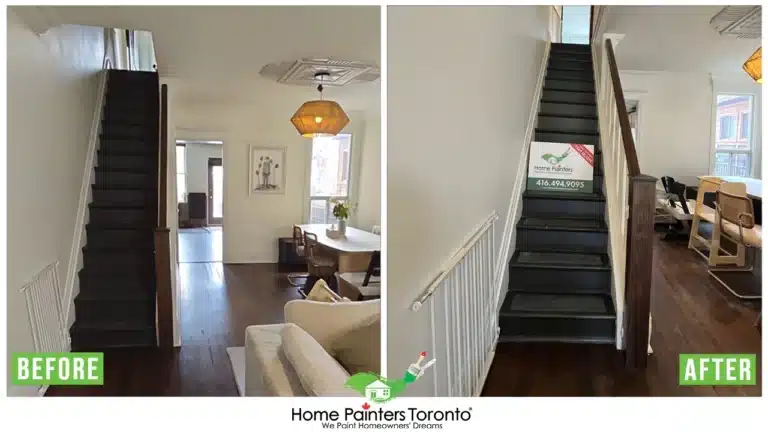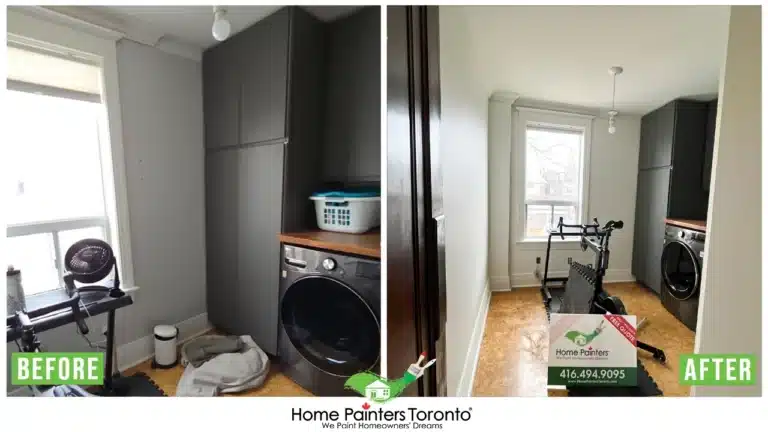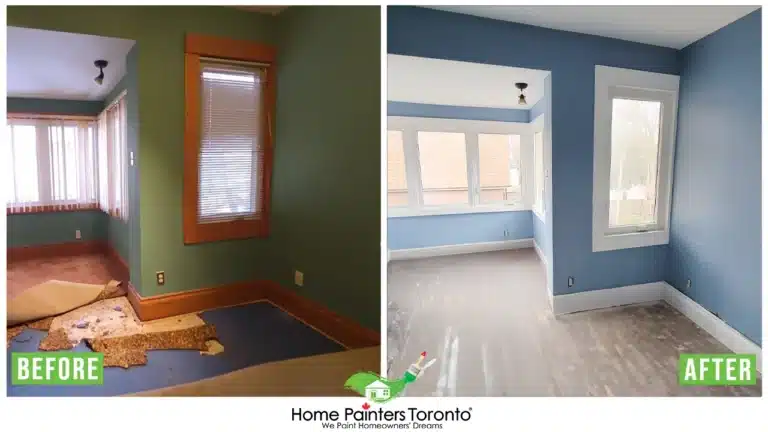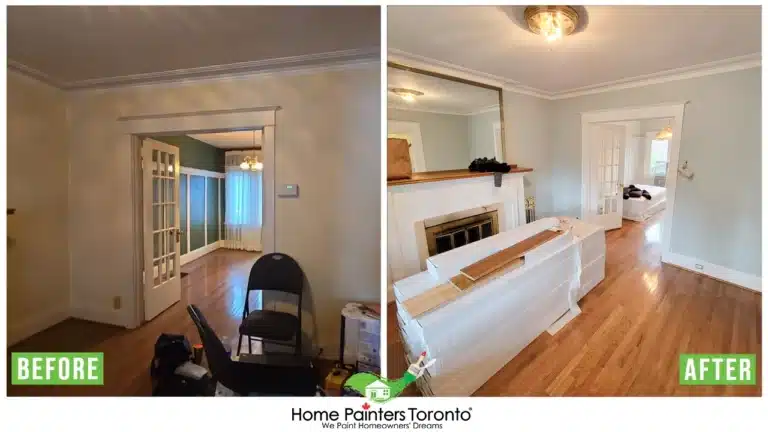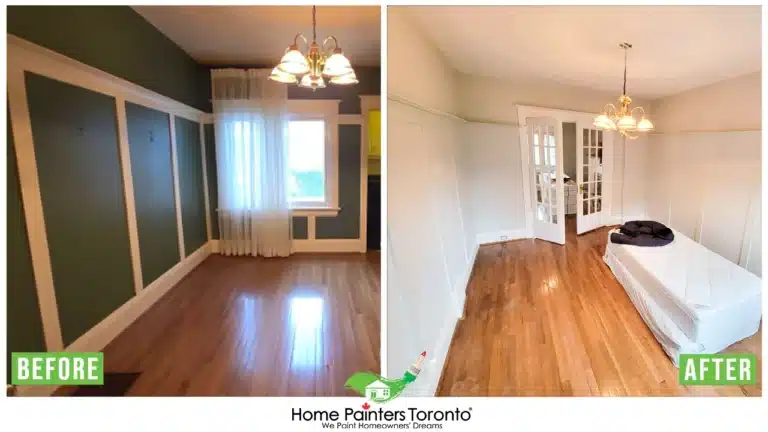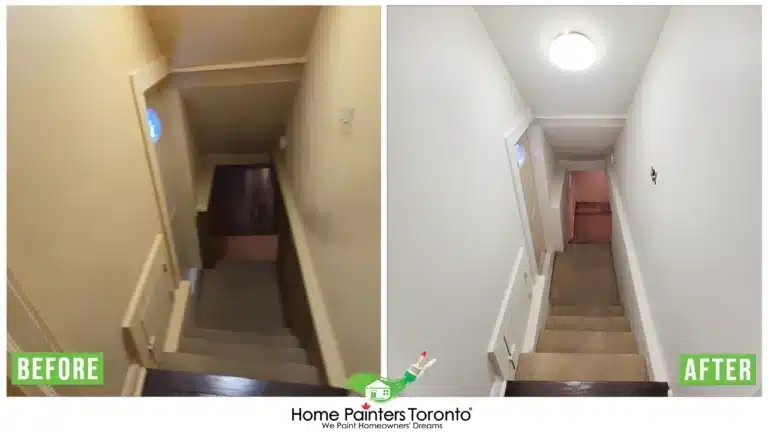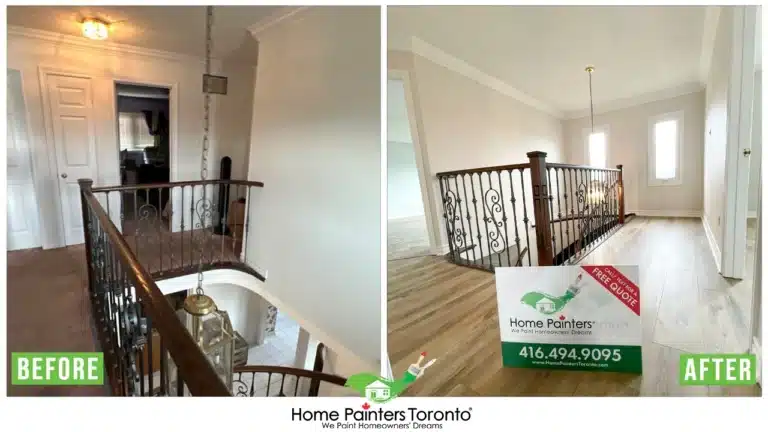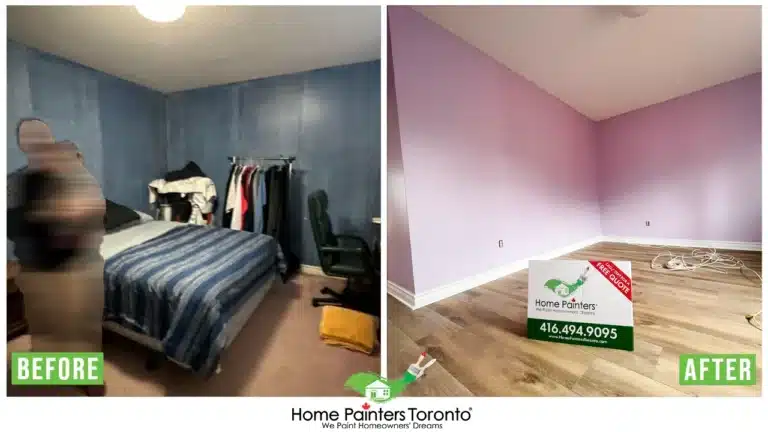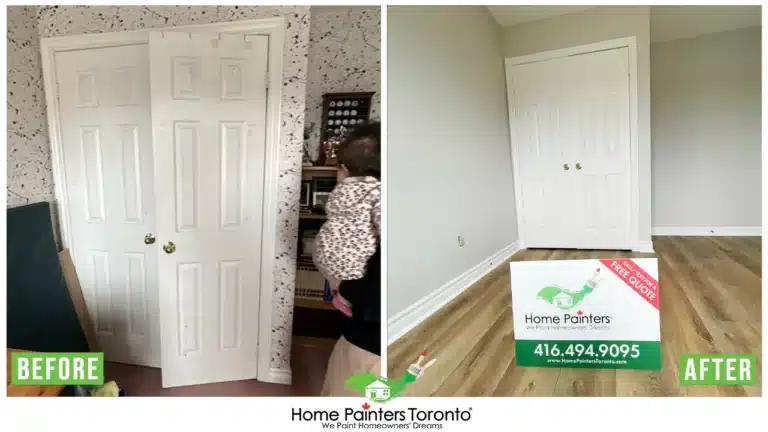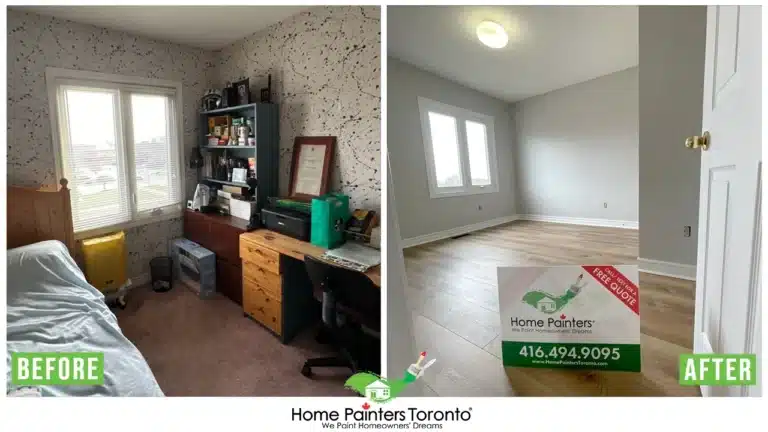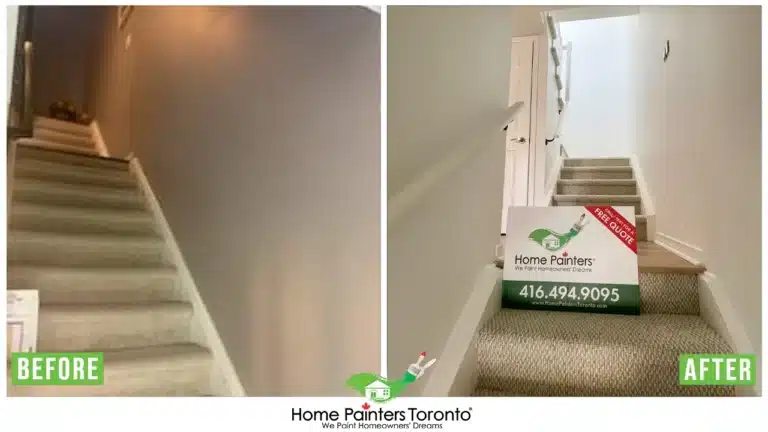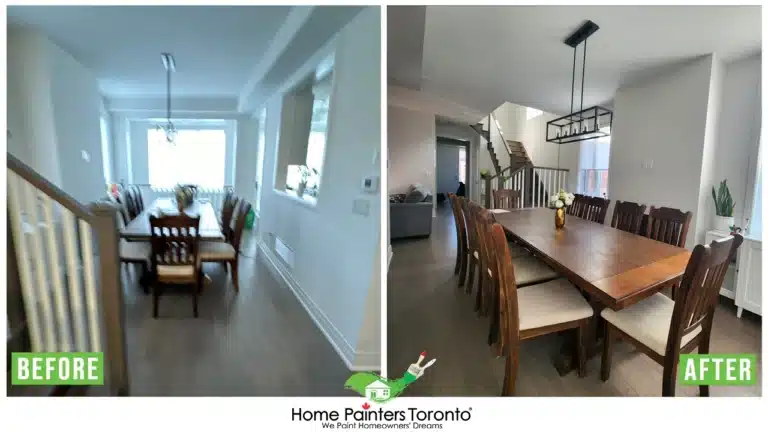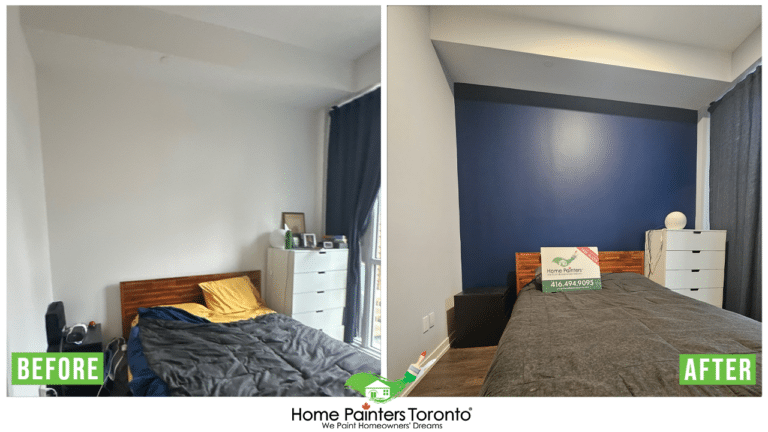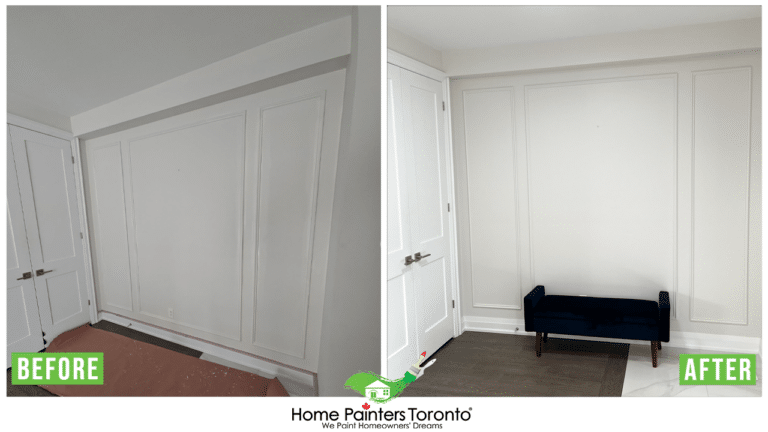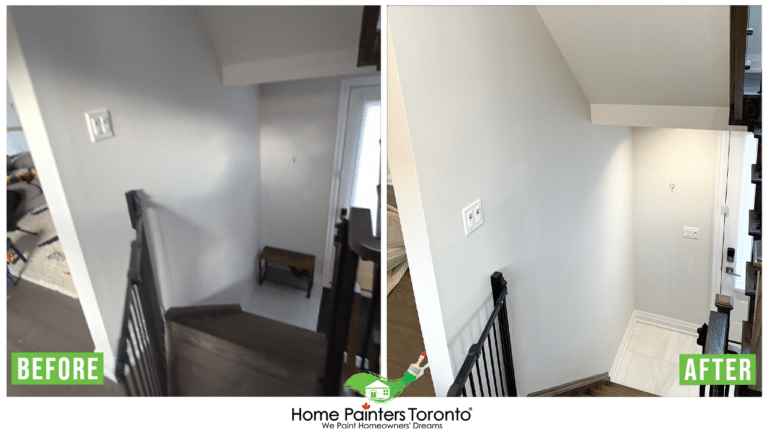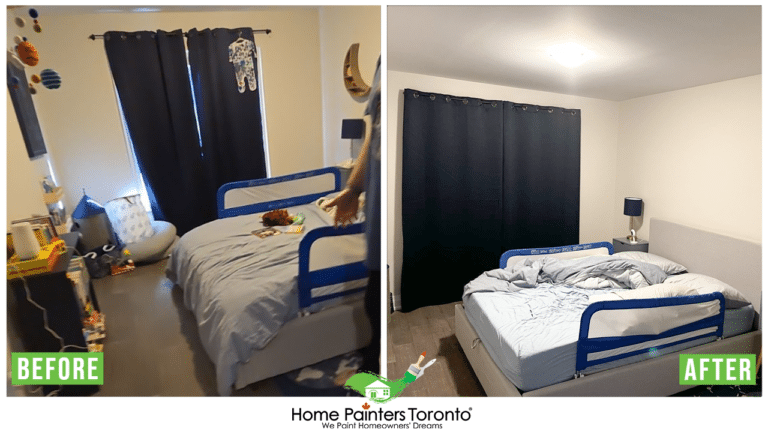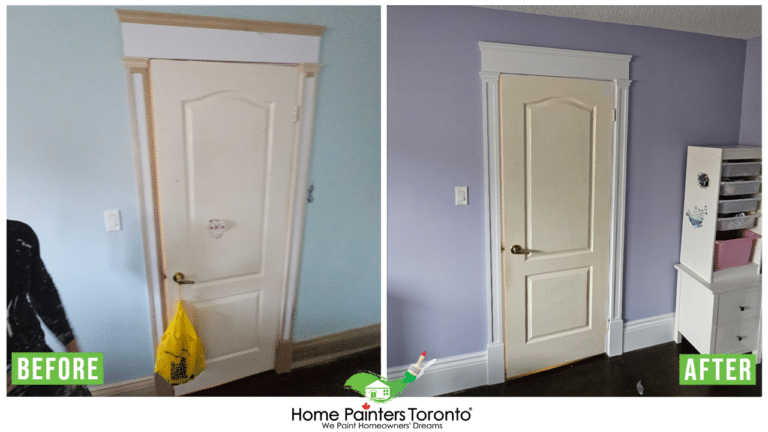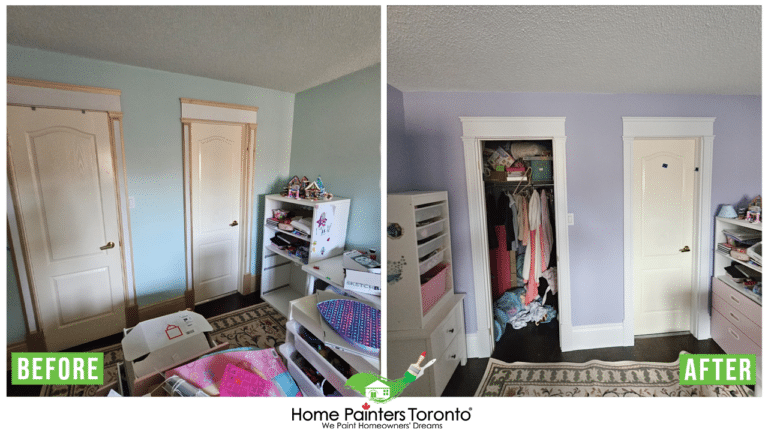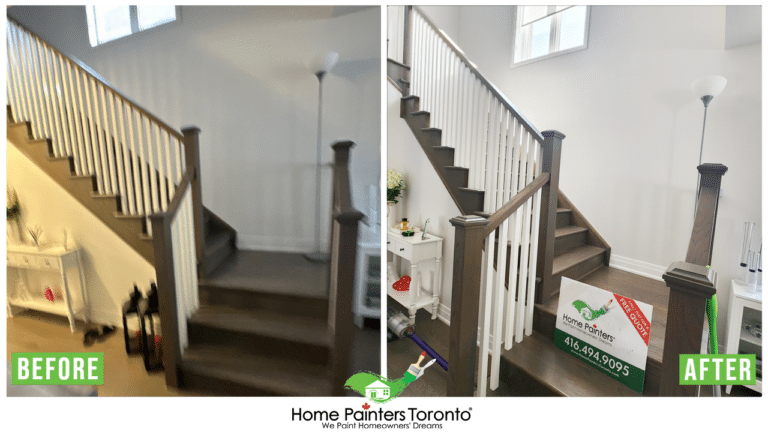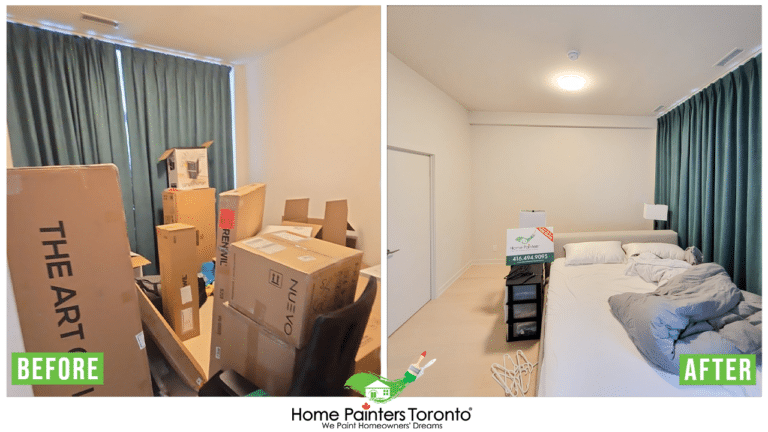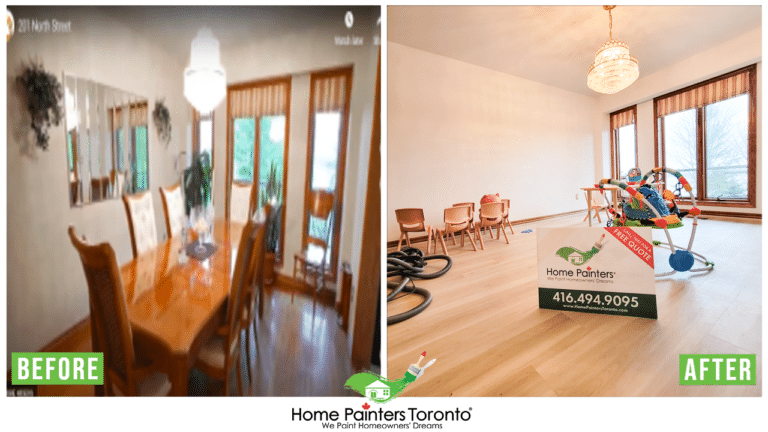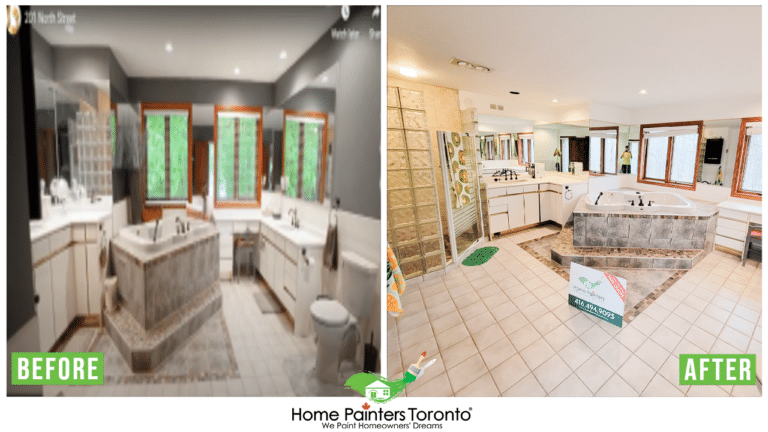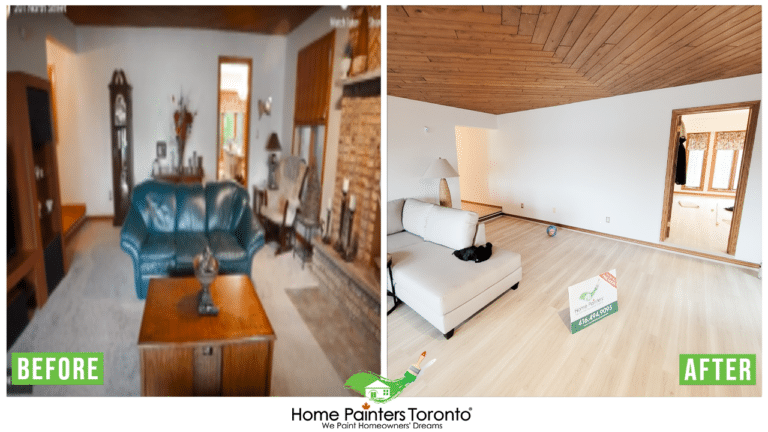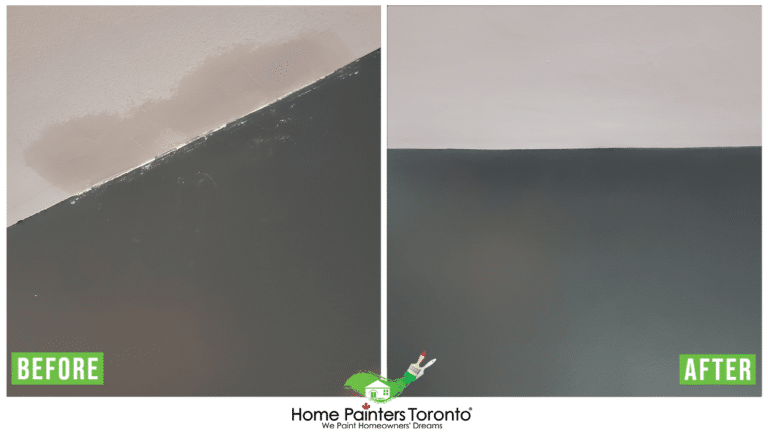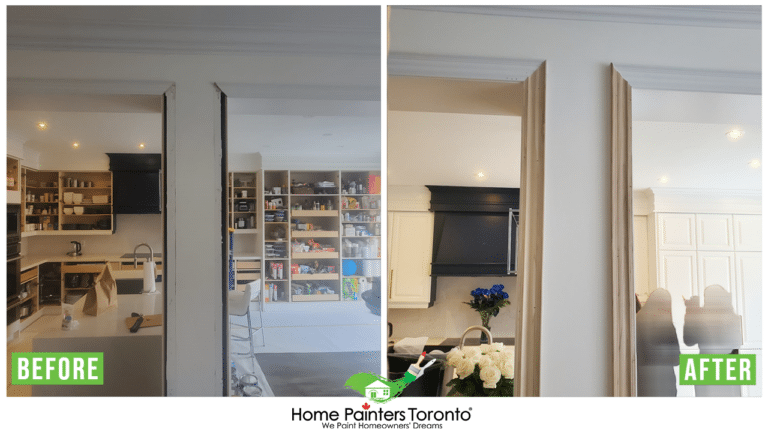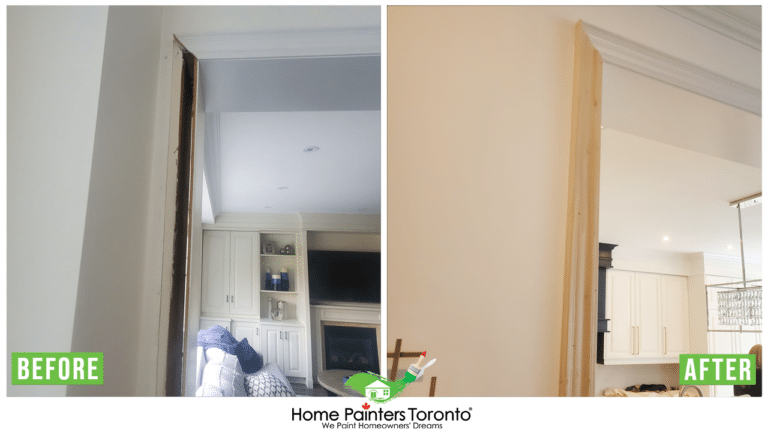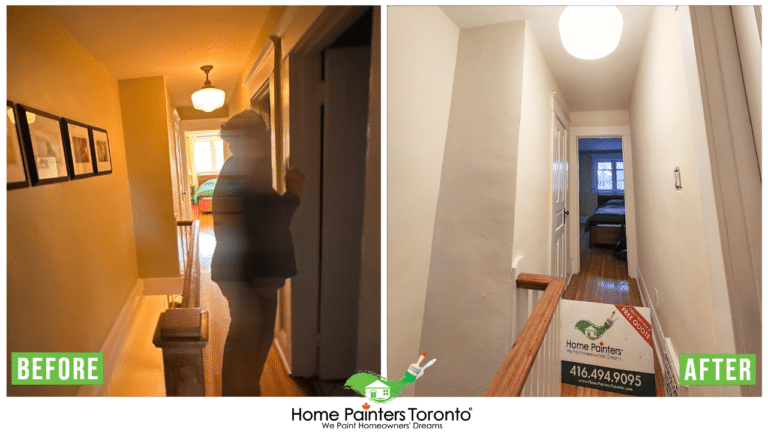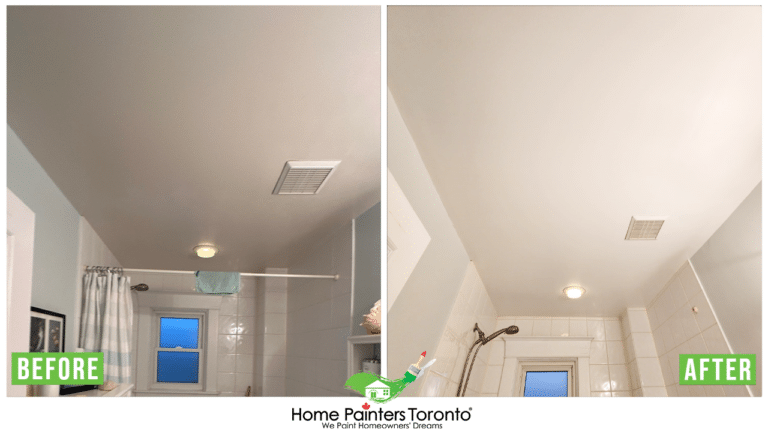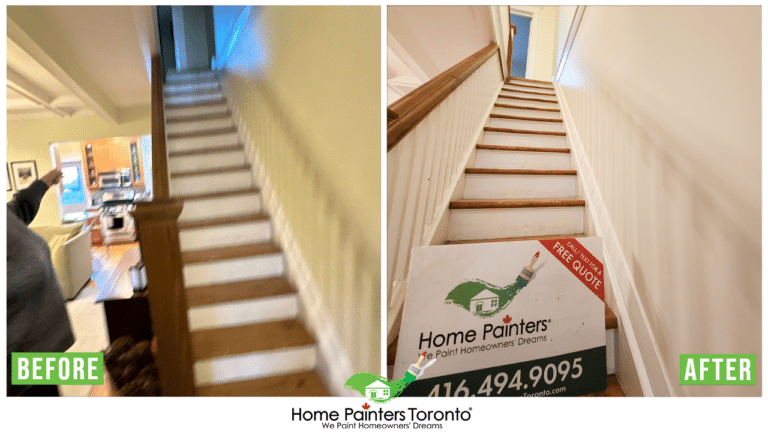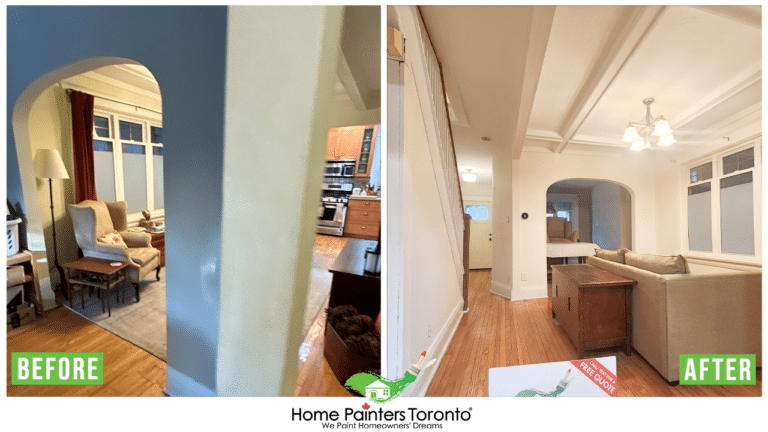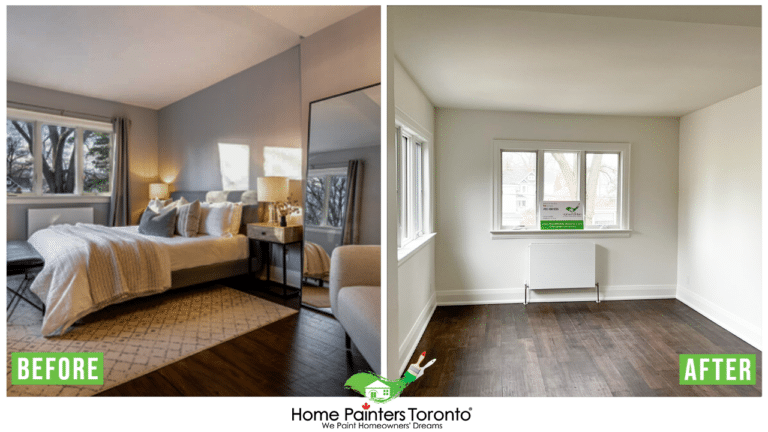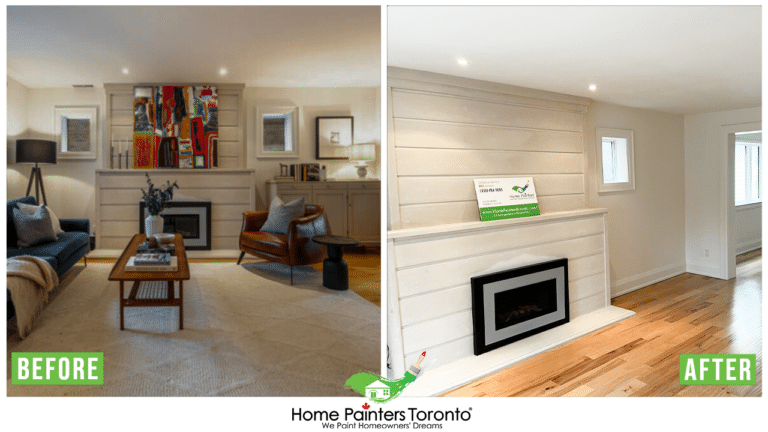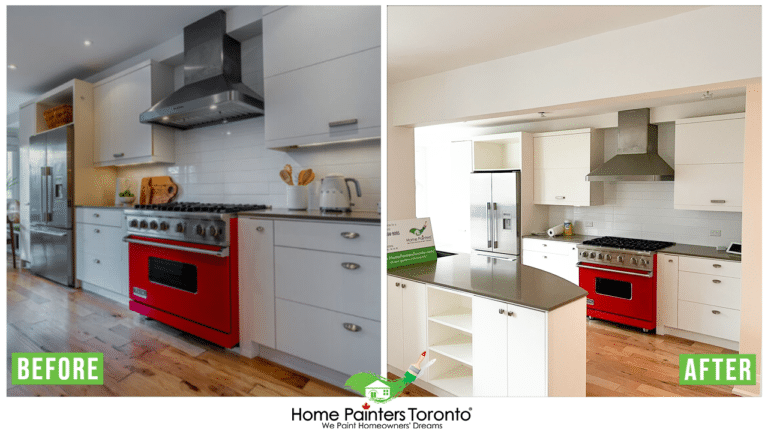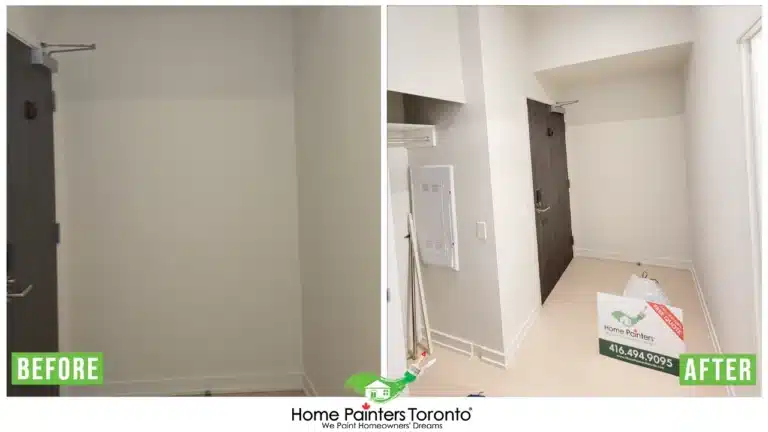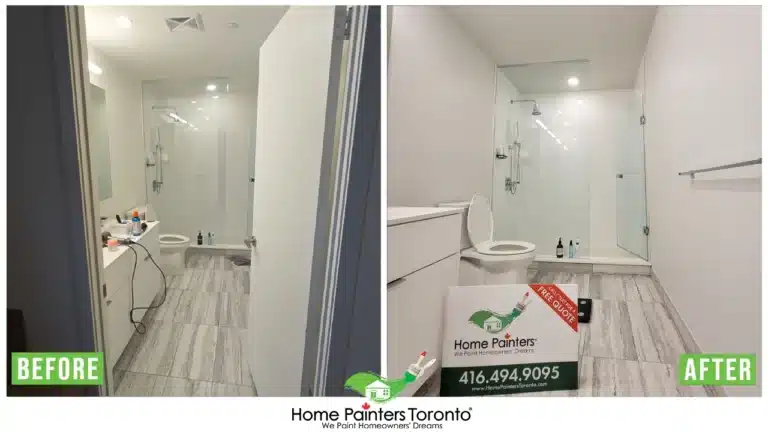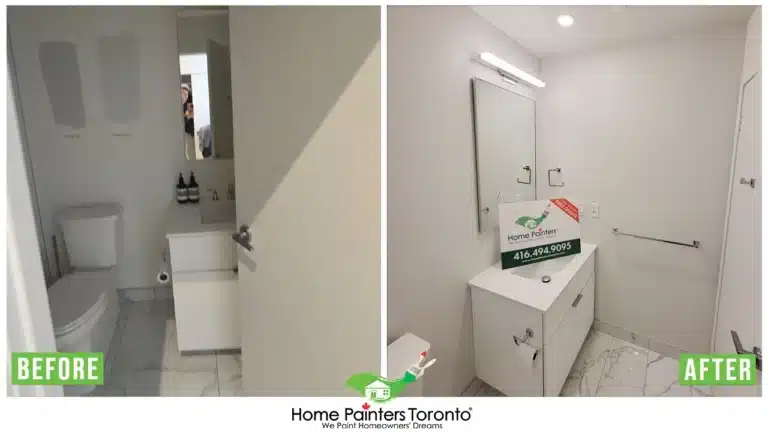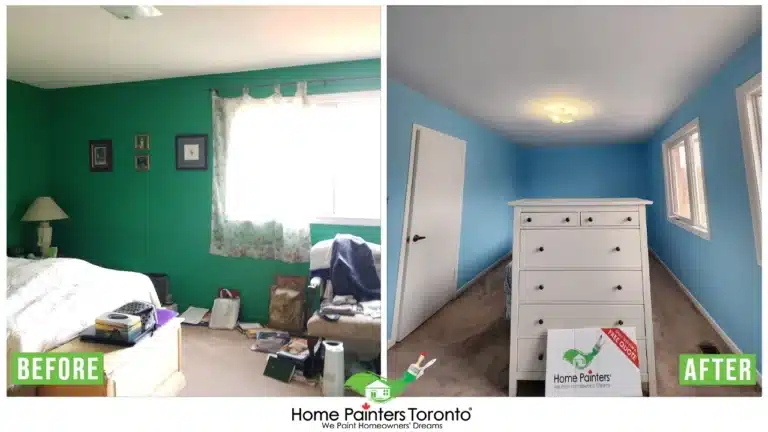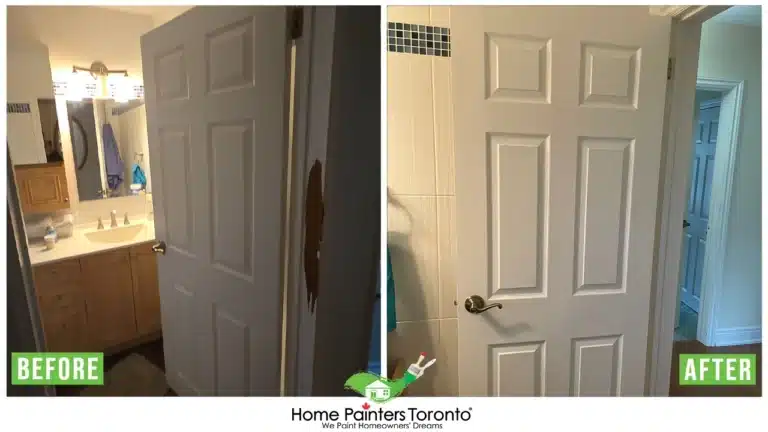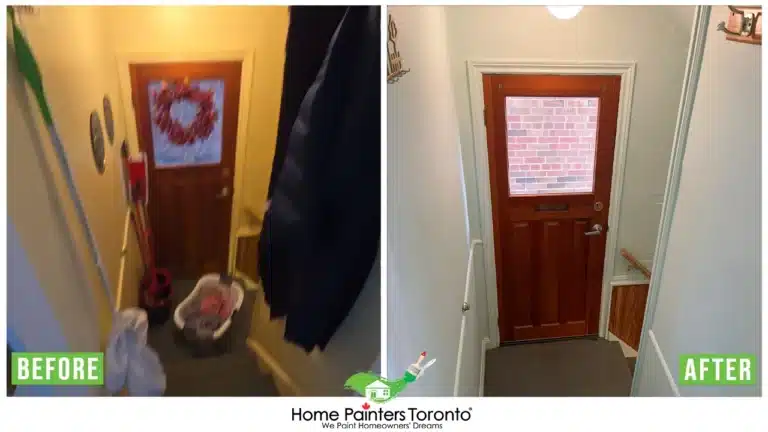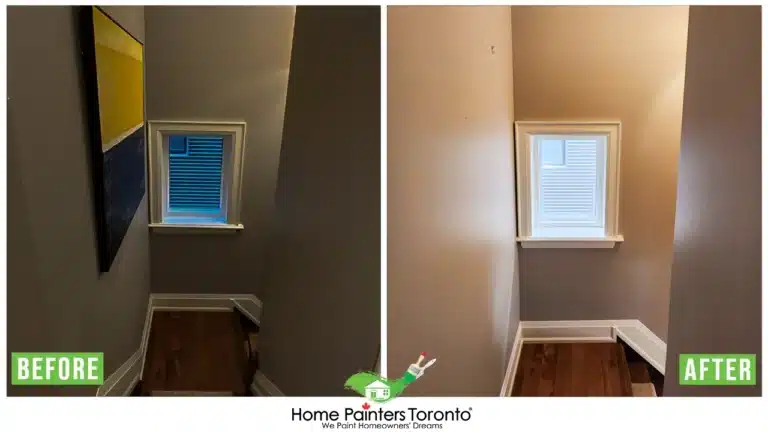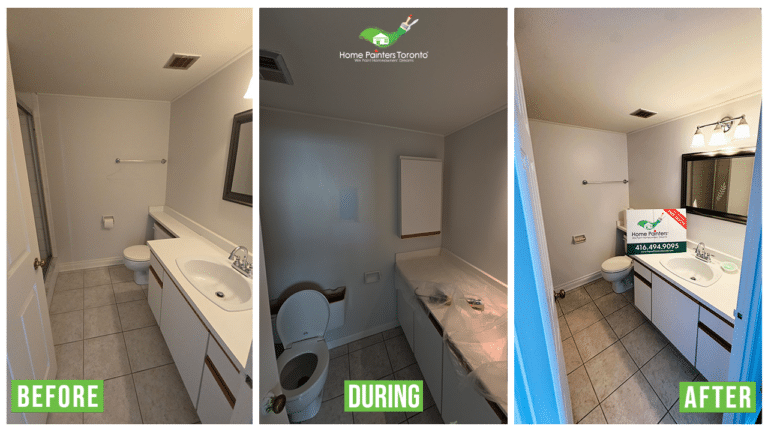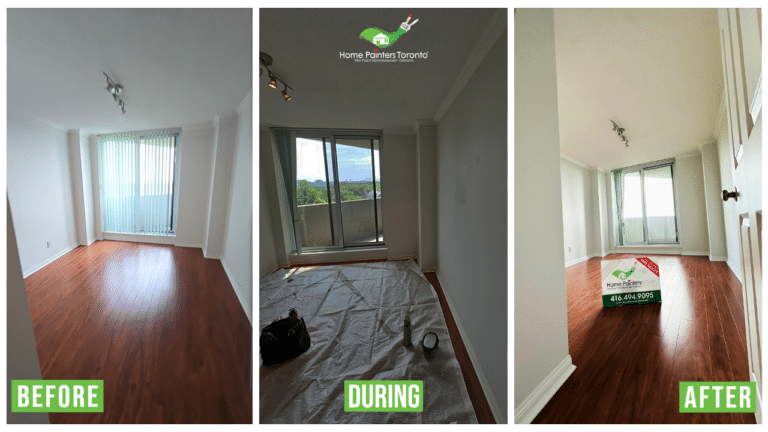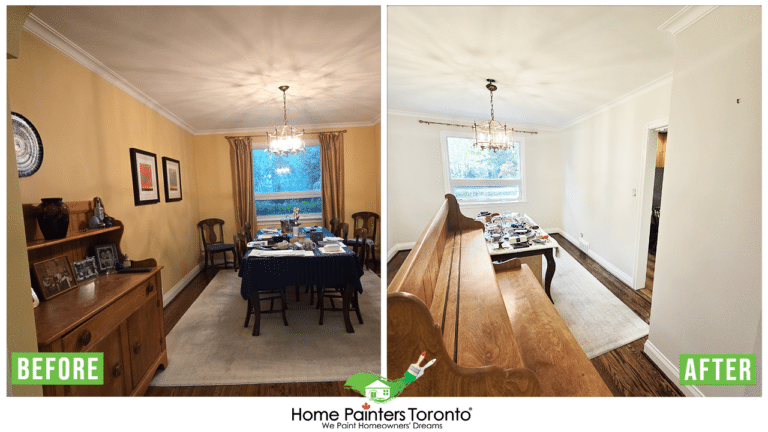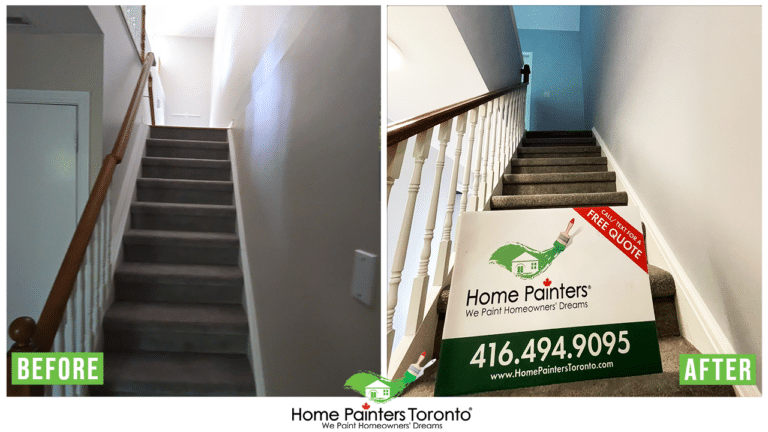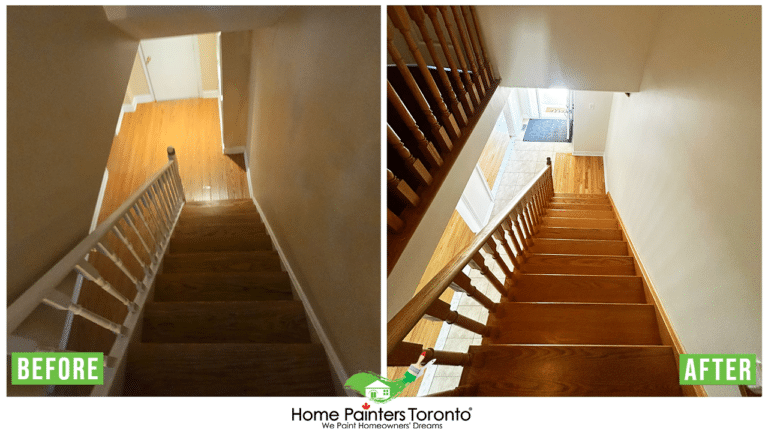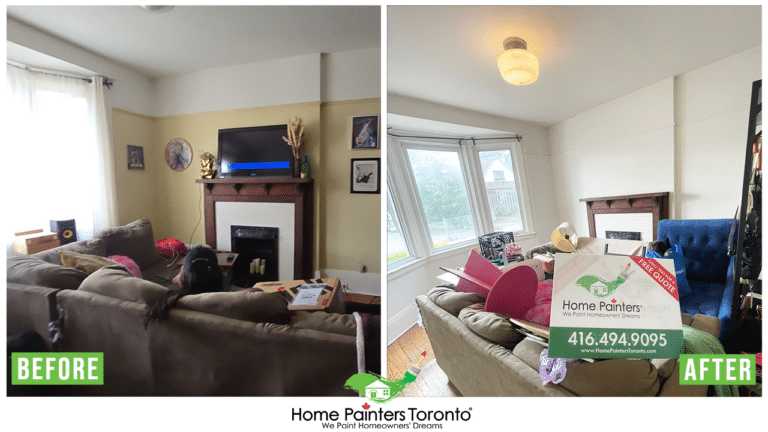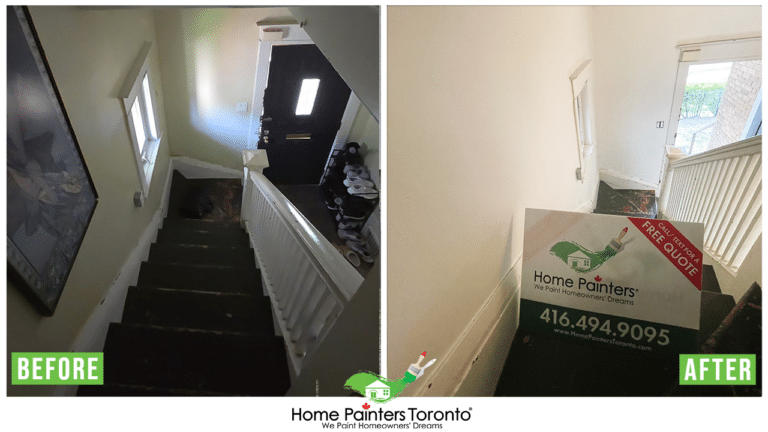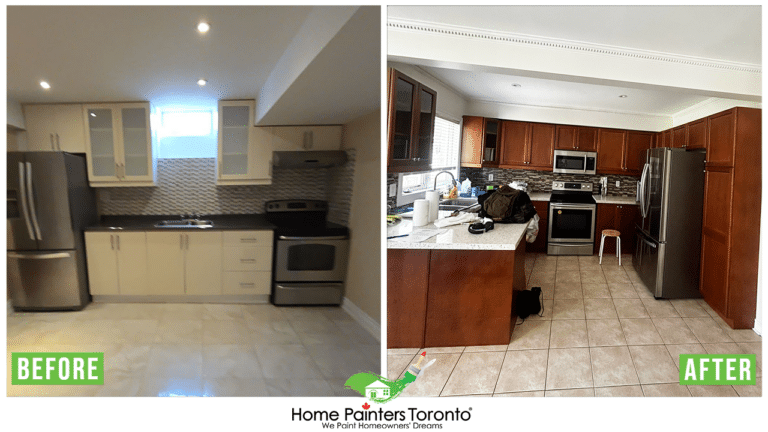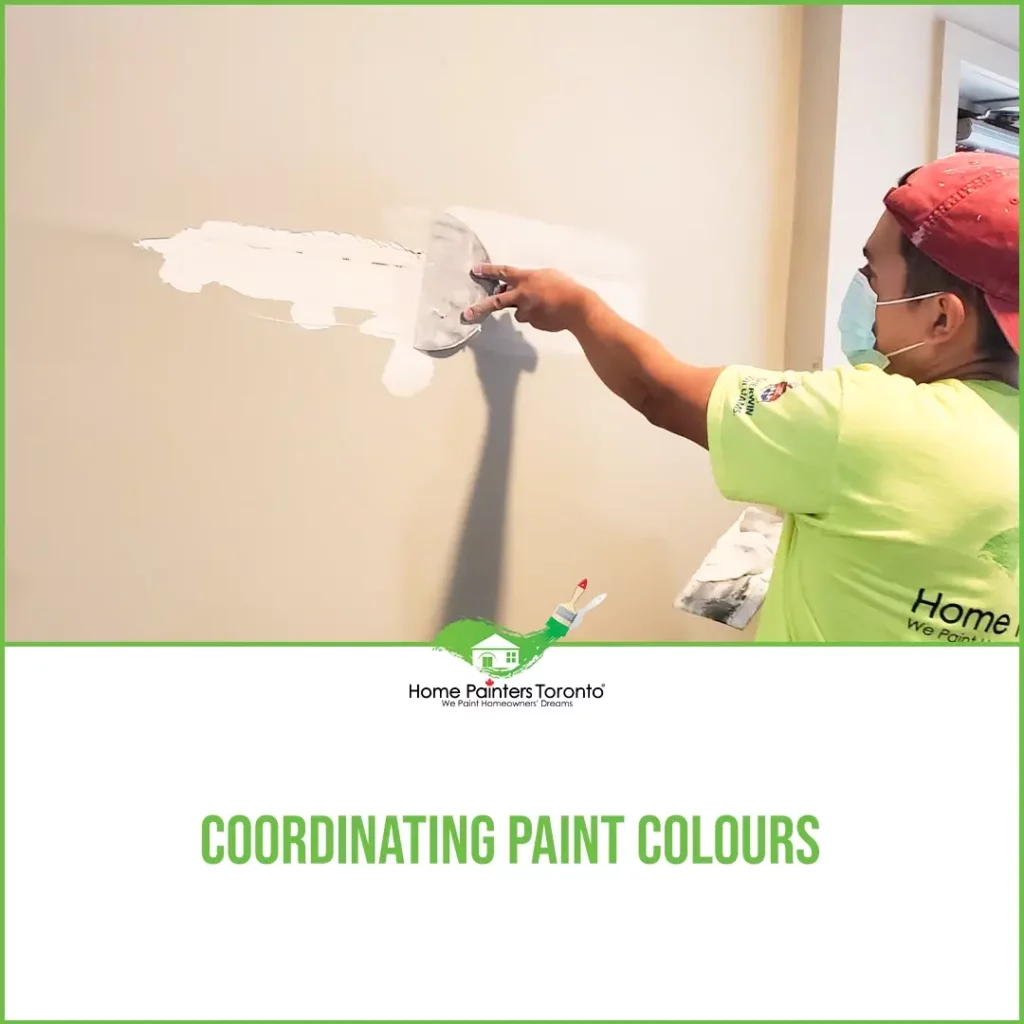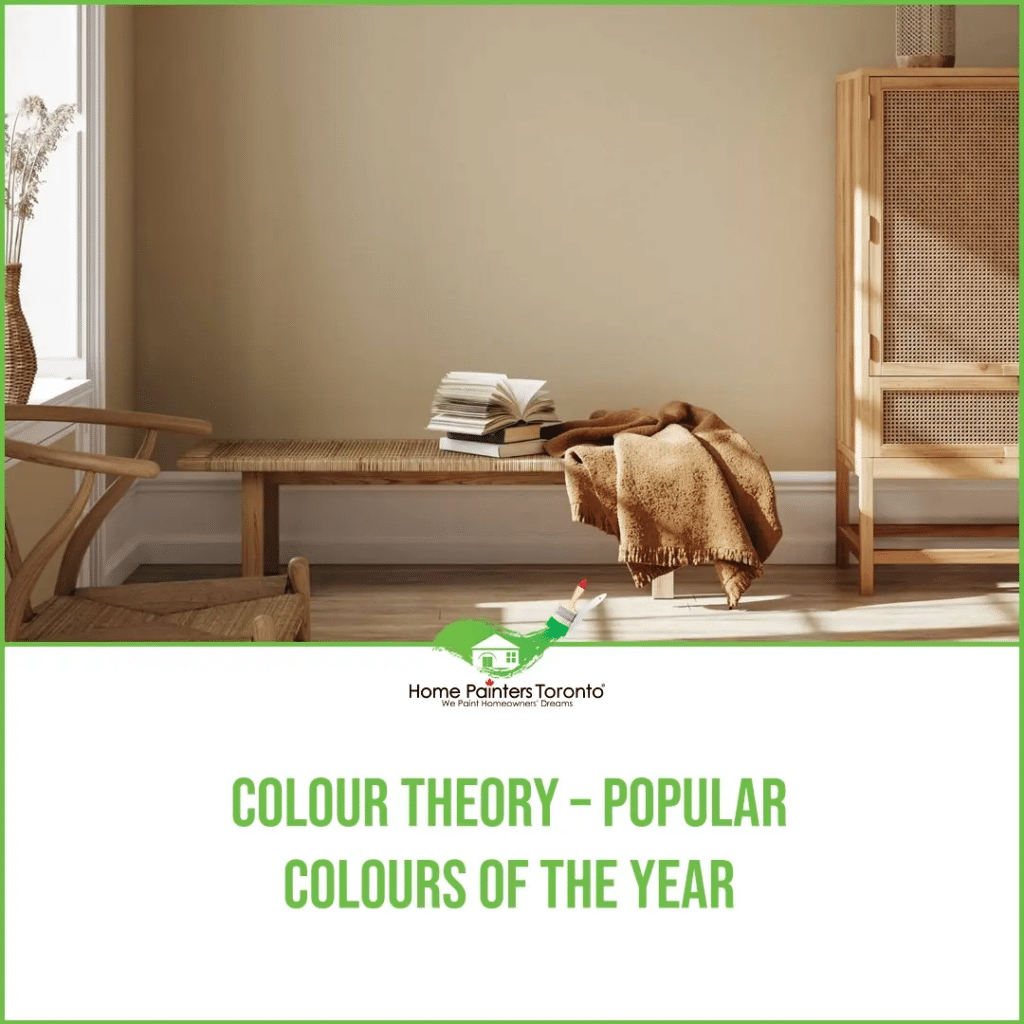
Colour Schemes
Colour schemes, the heart and soul of design aesthetics, have the incredible power to shape perceptions, evoke emotions, and transform spaces. Deeply rooted in Colour Theory, these schemes abide by specific rules and principles, creating harmonious interactions between different hues. This blog dives into the intriguing world of Colour Theory with a particular focus on understanding, dissecting, and masterfully implementing colour schemes in your paint colours venture. Strap in as we embark on this colourful journey, exploring the silent, yet expressive language of colours in the realm of design and decor.
What is Colour Theory?
Colour Theory, at its core, is the science and art of using colour. It clarifies how colours mix, match, and contrast with each other, forming practical guidelines for harmonious arrangements. Colour schemes spun out of this theory, are nothing short of a designer’s painting palette, holding the power to create, transform and engulf spaces with certain moods and energies.
Additionally, Colour Theory also encompasses other colour schemes that involve colours that go well together, such as analogous colours, triadic colours, and more.
Tips for Choosing the Right Colour Schemes for Your Home
Picking a colour scheme is something you will probably work to try and create, but you might not even be aware that you’re doing it! This is usually where people tend to over-complicate things for themselves and get confused because they start to worry about which colour will look good with what and if they can actually make it work in their space.
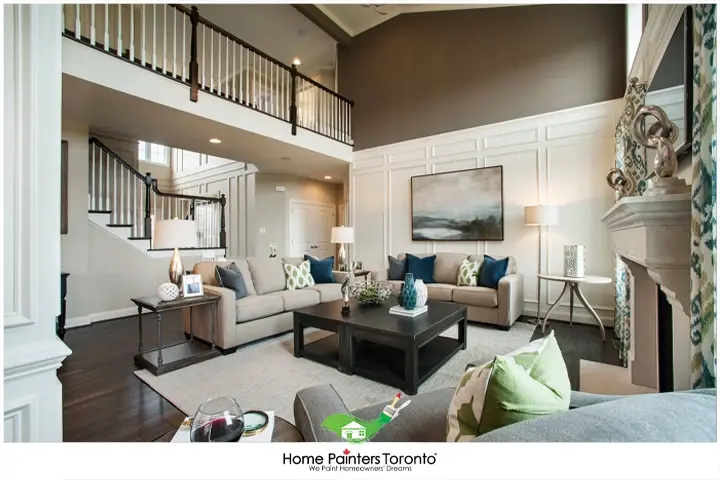
As a general rule of thumb from the professionals, that always works when you’re working to create your colour scheme, if you’re splitting up your space by percentage — paint 80% a neutral colour (the most popular being gray or taupe-beige). Have 15% as a shade-neutral colour — so, if you picked gray, a lighter gray. And have 5% of the space be an accent colour that nicely complements things. This train of thought when it comes to picking out paint colours works practically every time.
Of course, you can go by your own personal preference and design aesthetic when it comes to choosing paint colours, but there is such a thing as harmonic colour schemes, which can help along the way. Harmonic colour schemes consist of two or more colours on the colour wheel which have a specific relationship based on their position and distance from one another. They tend to work together nicely and in perfect harmony.
Types of Colour Schemes
Monochromatic Colour Schemes
If you’re looking for simplicity, a monochromatic colour scheme is always one of the easiest to create. Colour schemes done monochromatic are made up of different shades, tones and tints within a specific hue. If you’re going with blue, everything in your scheme will come from within the blue family, from the accent colours down to the main backdrop. This scheme works well for many people because it doesn’t create a jarring eye effect.
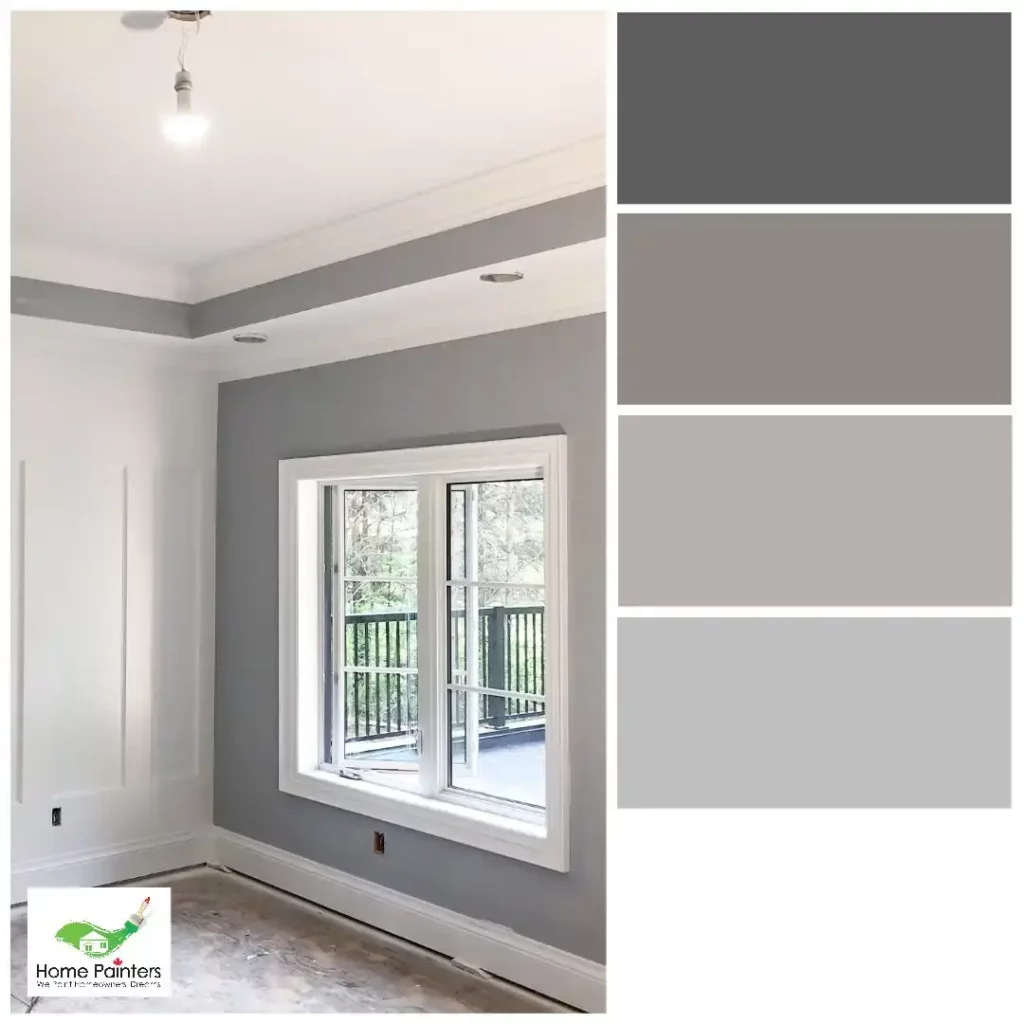
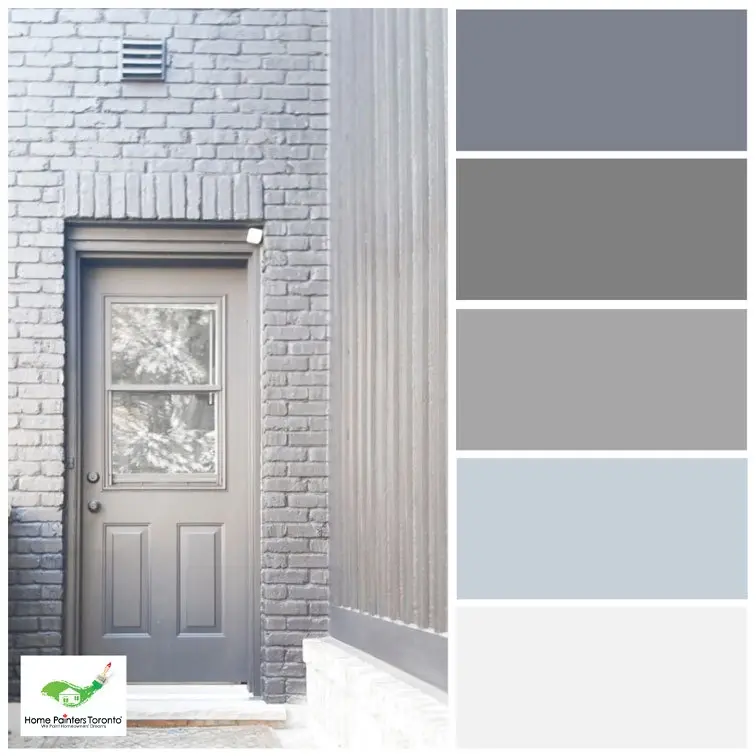
Analogous
Analogous colour schemes are groups of three colours found directly next to one another on the colour wheel. An example of this would be purple, red and orange. It’s almost as if they’re just a natural progression of colour. Maybe that’s why you’ll often find analogous colour schemes in nature.
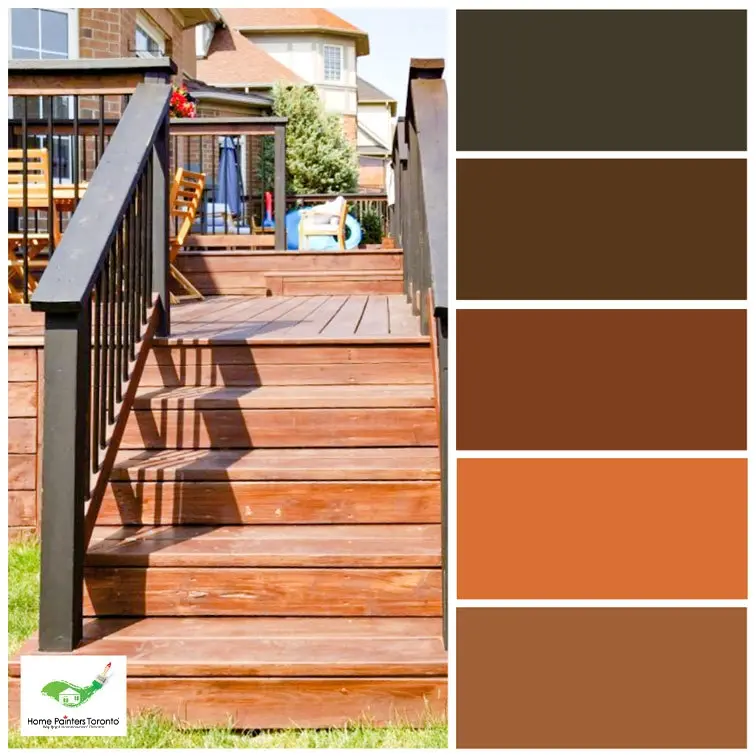
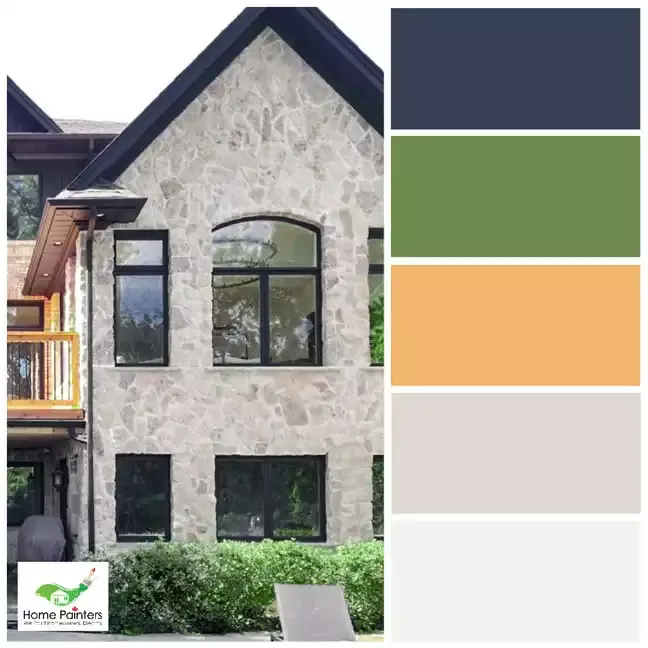
Triadic
A triadic colour scheme is made up of three colours that are evenly spaced out on the colour wheel. An easy example to remember is red, blue and yellow. A lot of the triadic colour schemes tend to be quite vibrant in nature, so that’s something to keep in mind. But, when decorating within this scheme, many people simply use one of the colours as the dominant hue while the other two work as accents.
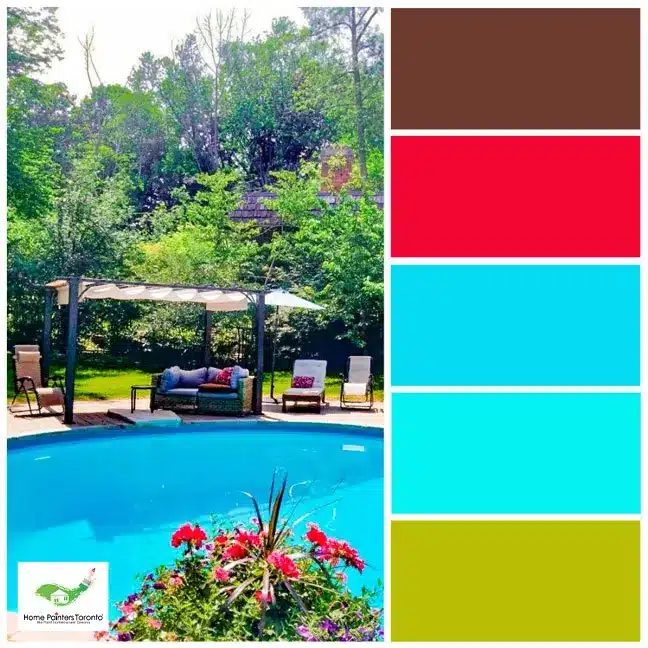
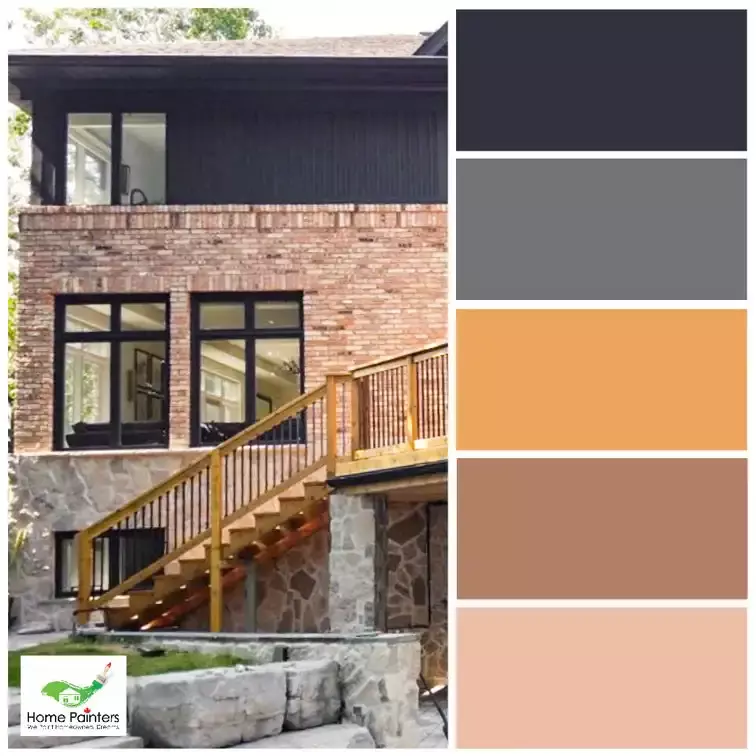
Tetrad
A tetrad (or rectangular) colour scheme uses four colours made from two complementary colours. To help figure this out more visually, draw a rectangle between each chosen colour, as your four can make a tetrad colour scheme. This colour scheme evenly distributes all four colours around the colour wheel. There’s usually not one dominant colour.
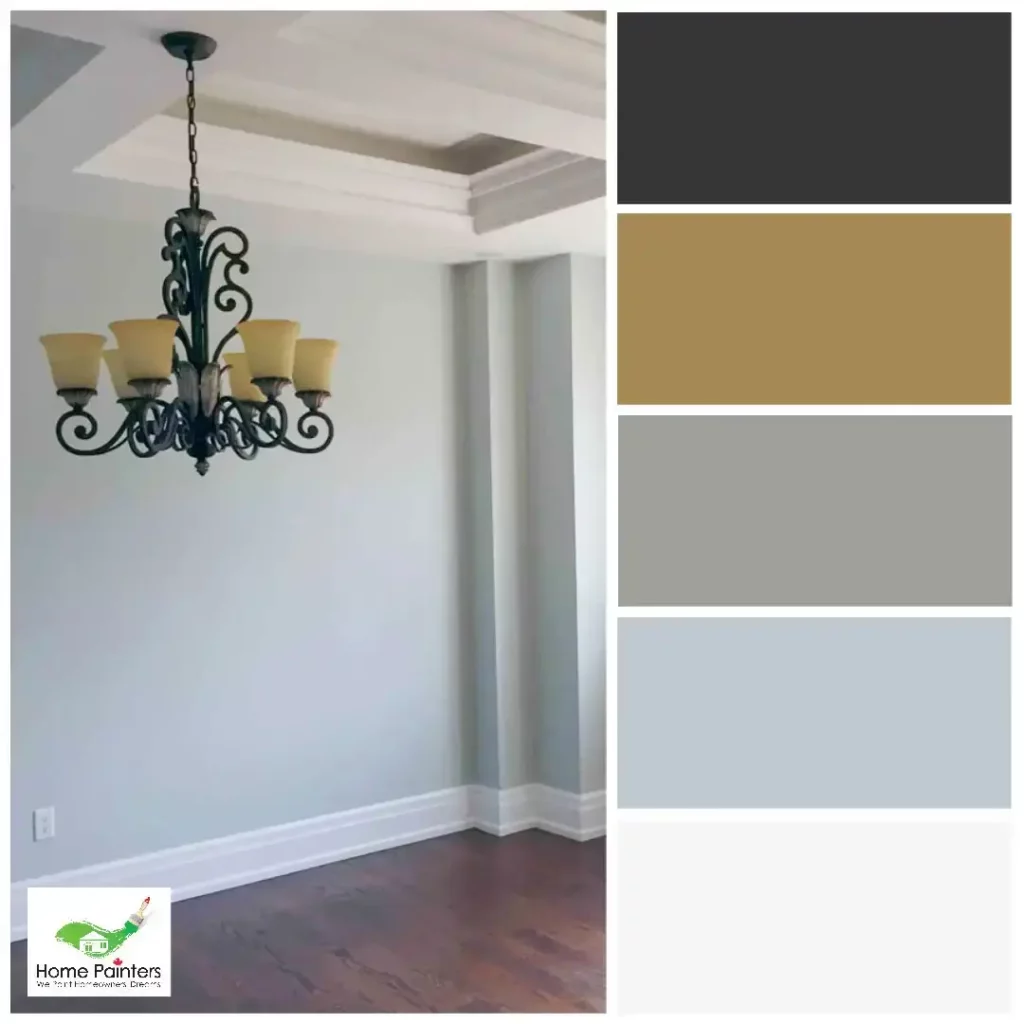
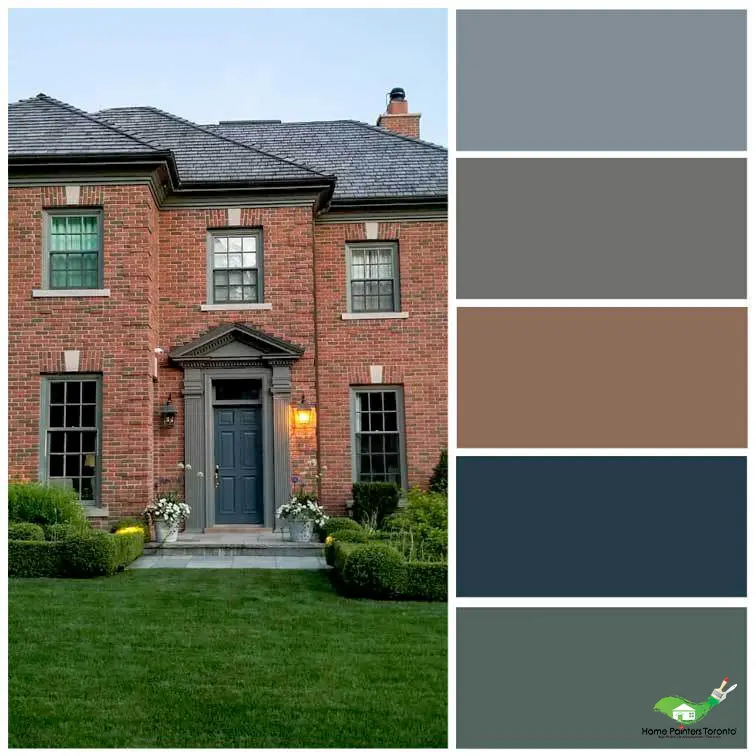
Complementary Colour Schemes
A complementary colour scheme is practiced when you use one base colour and its complement. The complement is located on the exact opposite side of the colour wheel. In terms of design, there is usually one colour as a base colour, and its complementary colour is the accent. This creates one warm and cold colour, which is usually pleasing to the eye.
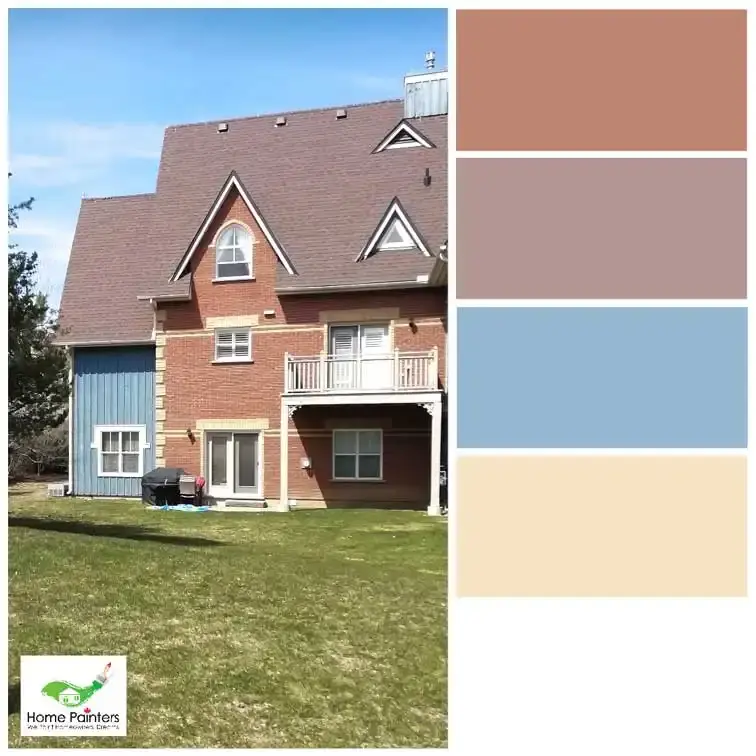
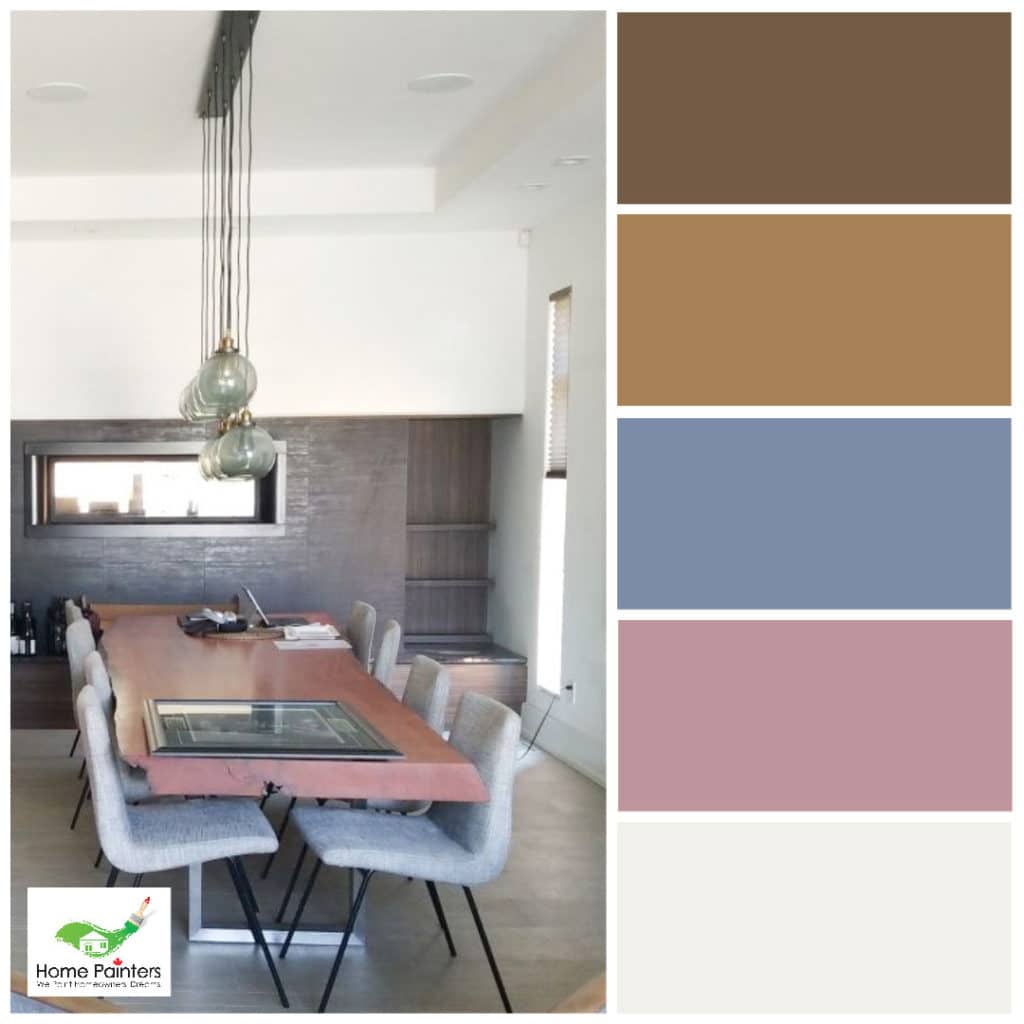
Split Complementary
A split complementary colour scheme works to take the complementary colour scheme just that one step further. You use this colour scheme when you use one primary colour and two analogous colours to complement it. An example would be taking blue and matching it up with yellow and orange-red.
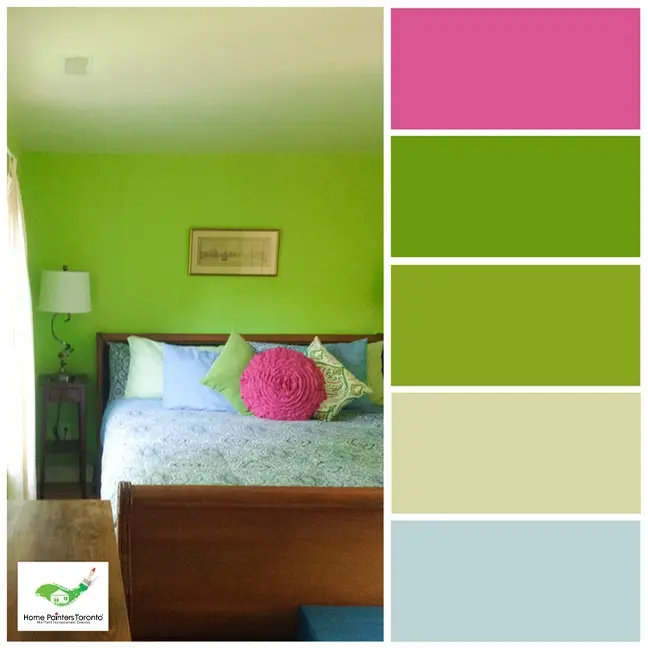
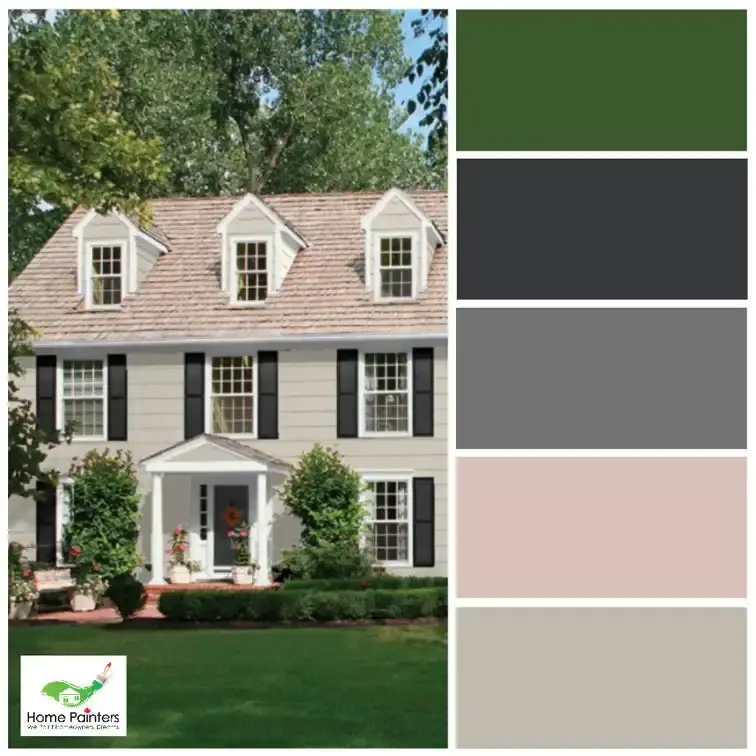
More Tips and Tricks for Selecting Colour Schemes
Let the Light Lead
Natural light plays a major role in how colours appear in your space. Bright, well-lit rooms can handle darker hues while smaller, dimly-lit areas are better suited to lighter, softer shades. Always consider the amount and direction of natural light before finalizing your colour scheme.
Play with Palette
Contrary to popular belief, colour schemes do not have to be restricted to two or three colours. Feel free to experiment and play with hues. Just remember the magic ratio: 60% primary colour, 30% secondary colour, and 10% accent tones to keep a balancing act between harmony and vibrance.
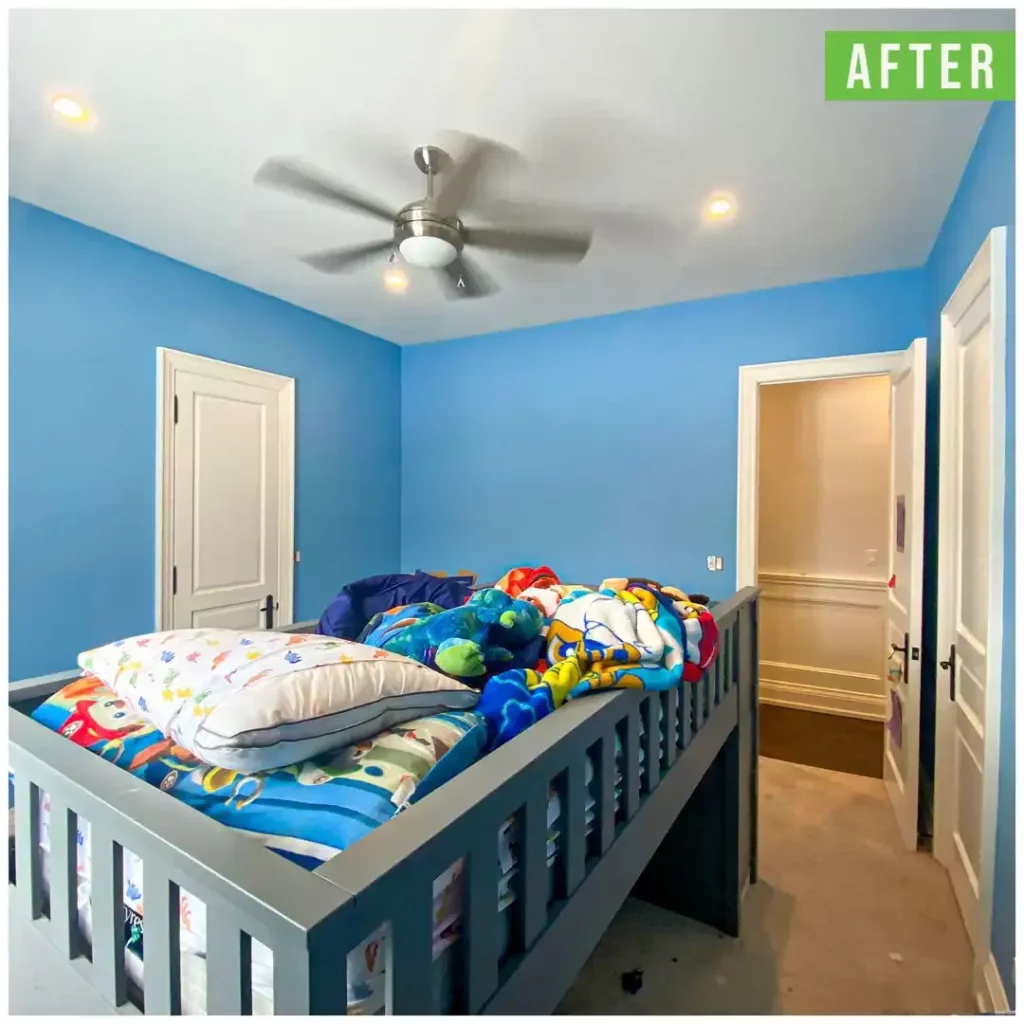
Test Before You Invest
Never rely on a colour chip alone. What looks perfect in the store may turn out entirely different on your living room walls. Invest in tester pots, paint large swatches on your walls, and observe at different times of the day to nail the perfect hue.
Rooms that Flow
When choosing colour schemes for different rooms, try ensuring some form of continuity. Consider a consistent base colour for all rooms for cohesiveness. Anecdotes of pops here and there of shared colours can subtly tie the rooms together.
Explore the Colour Wheel
Learning basic colour theory can be a game-changer.
Familiarizing yourself with complementary, monochromatic, and analogous colour schemes can help enhance your understanding and application of colour harmonies in your home.
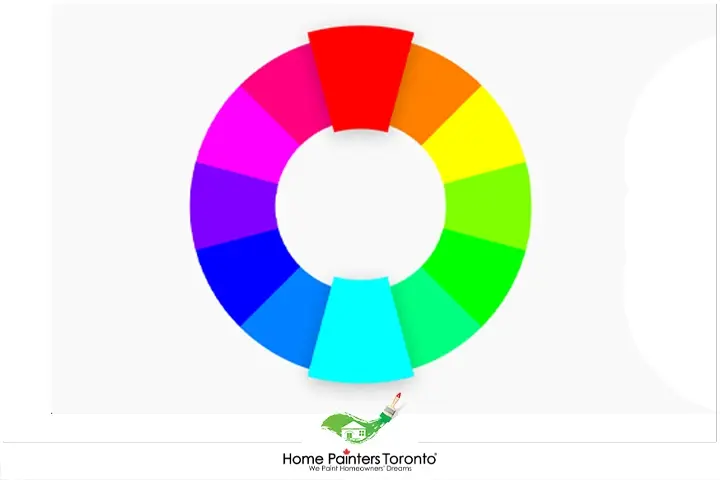
Reflect Your Personality
At the end of the day, your home reflects you. Select colour schemes that resonate with your personality, preferences, and lifestyle. Are you bold and outgoing? Then brighter, bolder colours may be for you. Prefer a calm, serene environment? Opt for muted, softer tones.
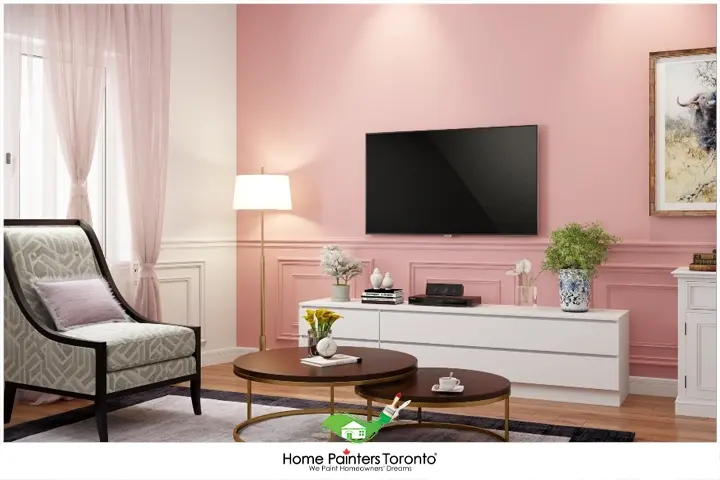
Choosing the right colour scheme can effectively transform your home into an abode of joy, warmth, and comfort. Remember, there is no set rulebook – allow your creativity to take the limelight. The end goal is to create a space where colours, patterns, and textures live in harmony, echoing the charm and essence of those who dwell within.
Don’t forget to check out our Pinterest page for an inspiring look at all the different colour schemes in full effect!
Some images were retrieved from Pinterest and stock image sites.
More Interesting Blogs Related to
“colour theory – colour schemes”
If you can’t decide on a colour scheme, let us help! Call 416.494.9095 or email [email protected] today for a FREE quote. And don’t forget to follow us on all our social channels below!


